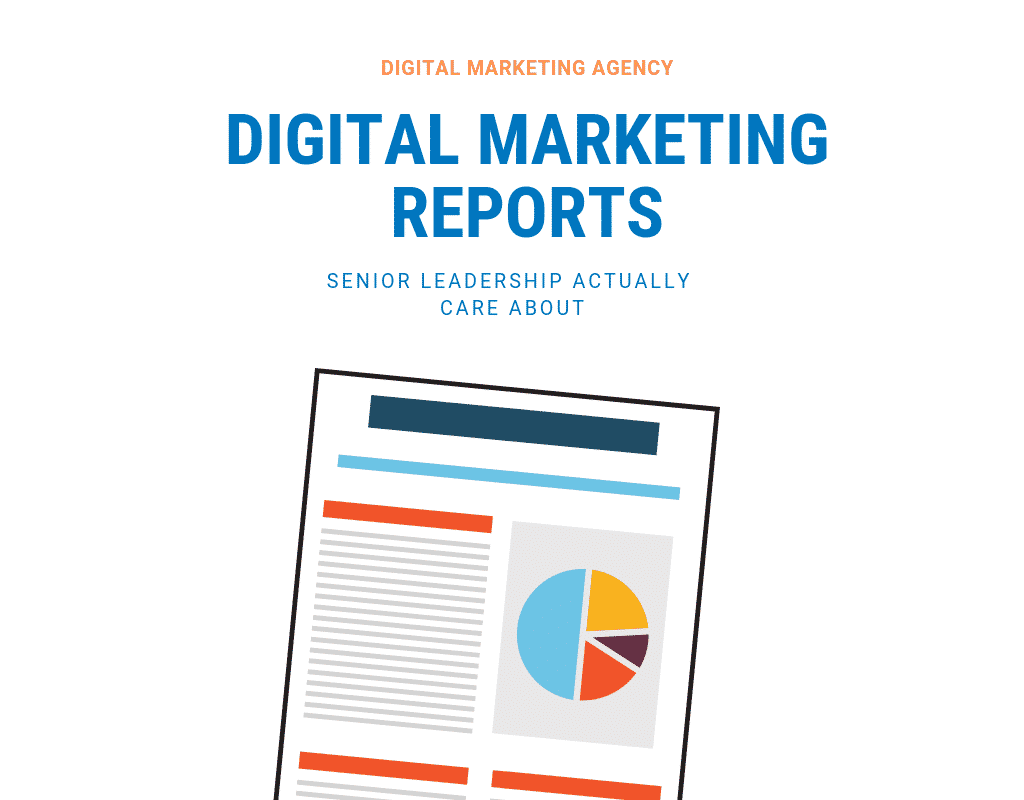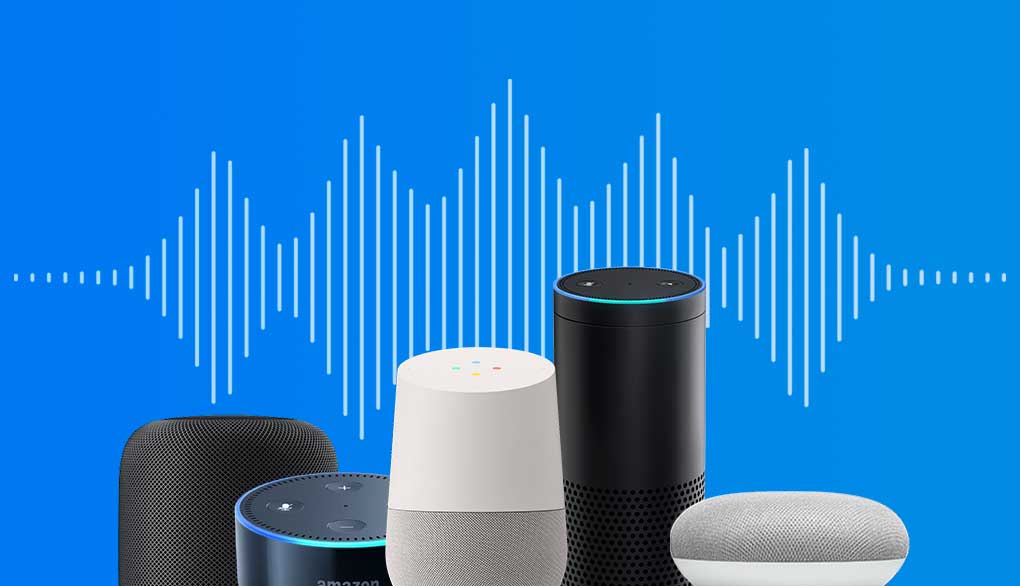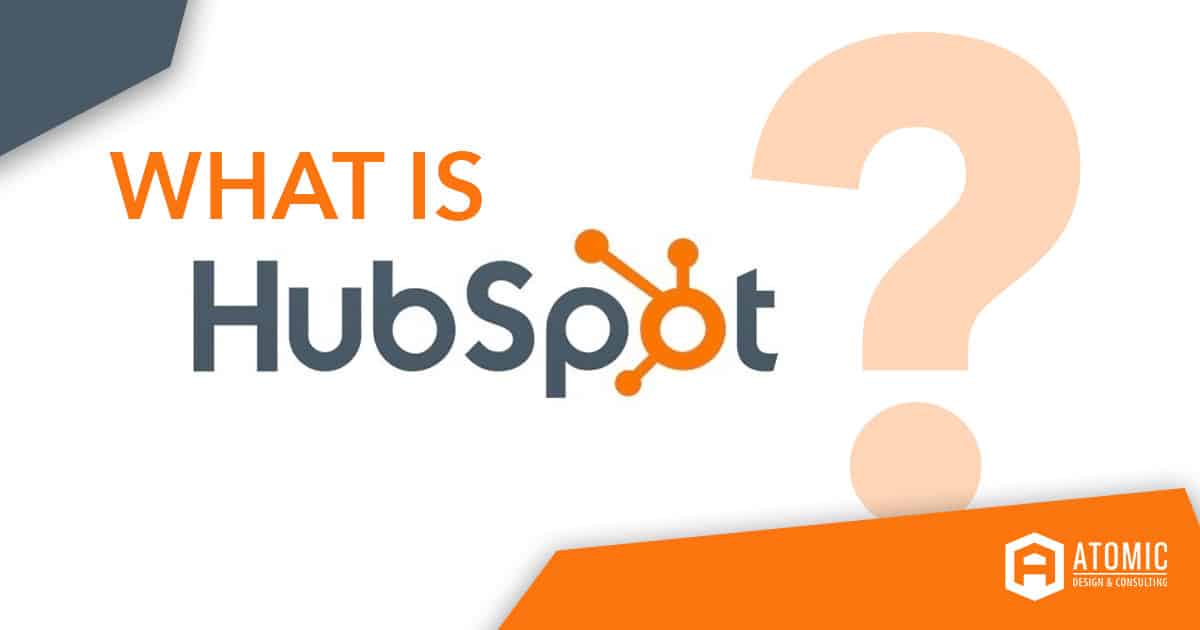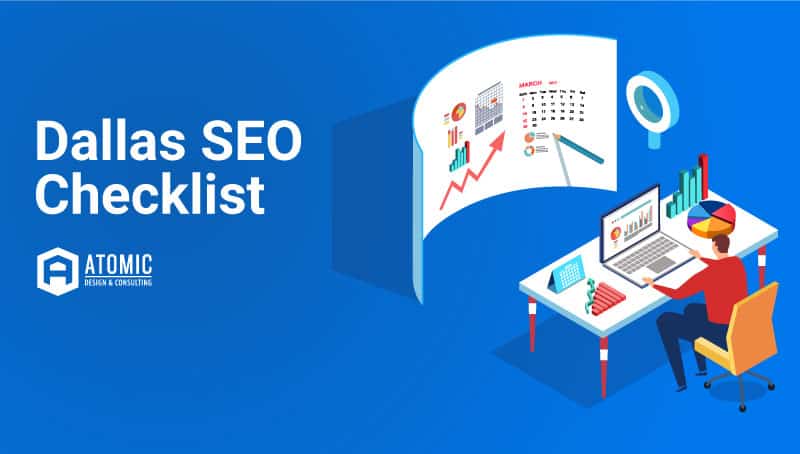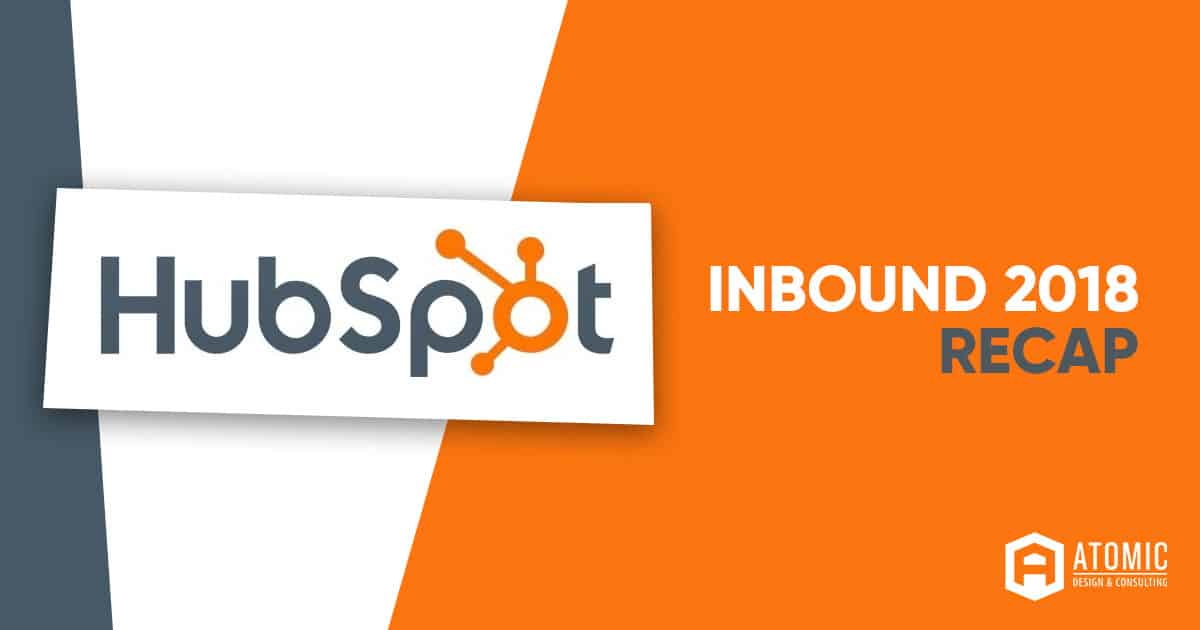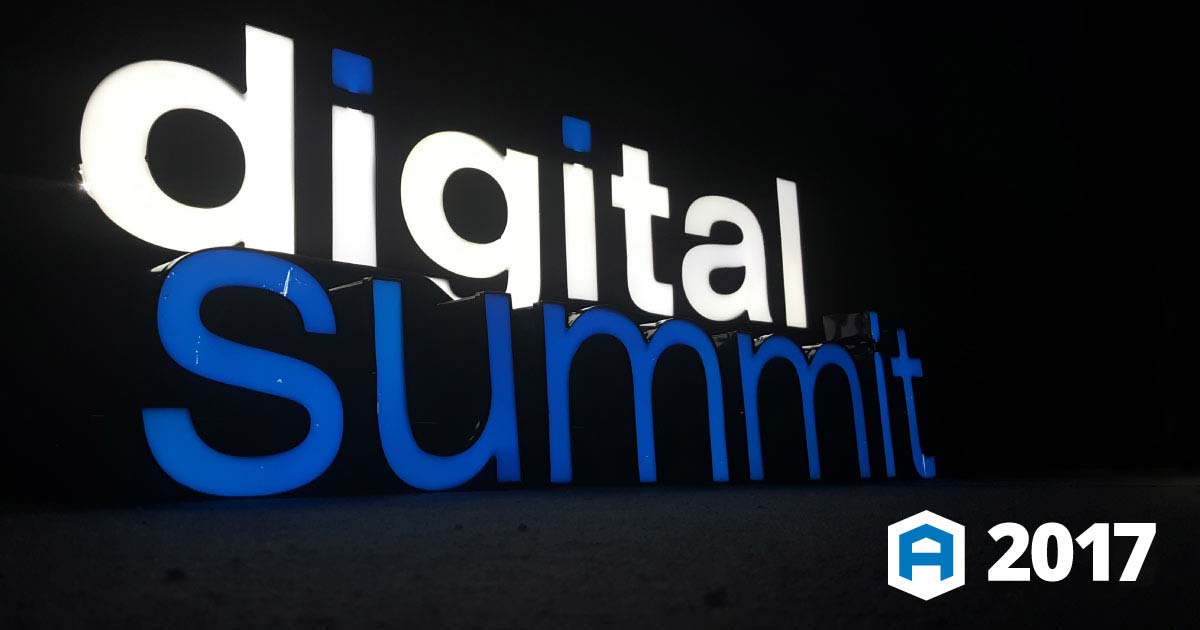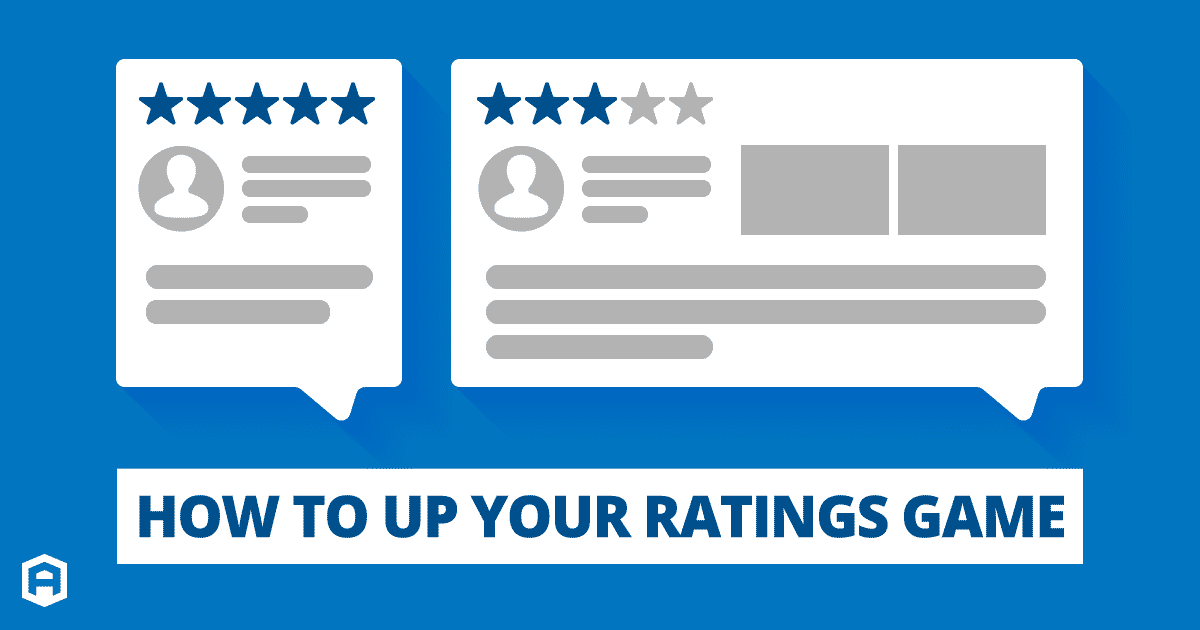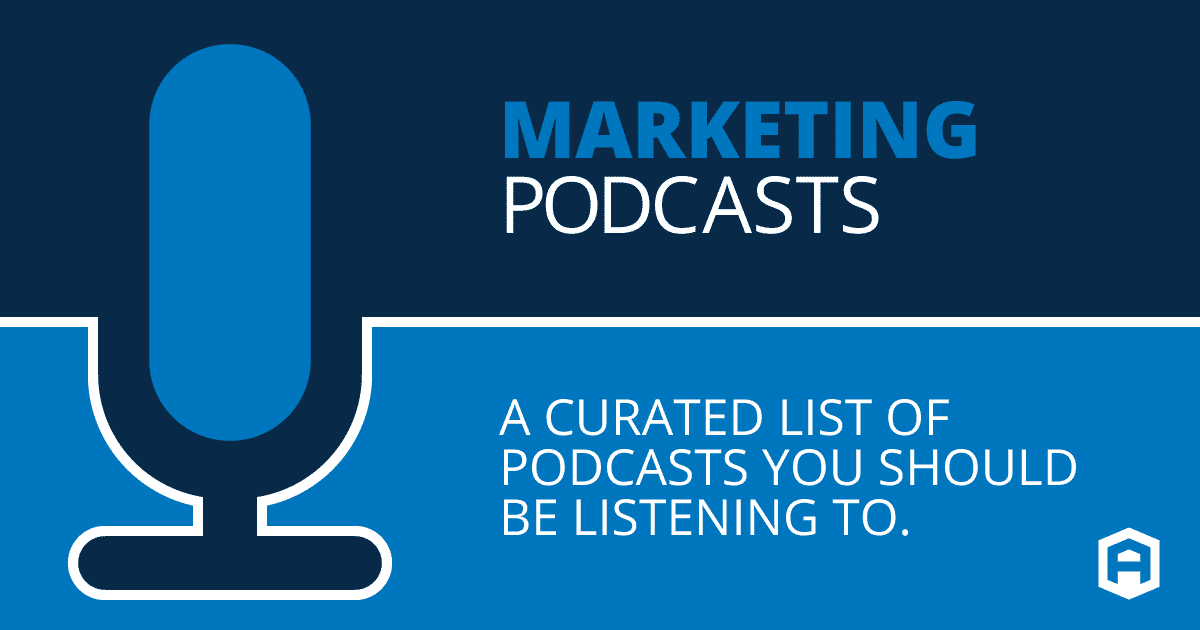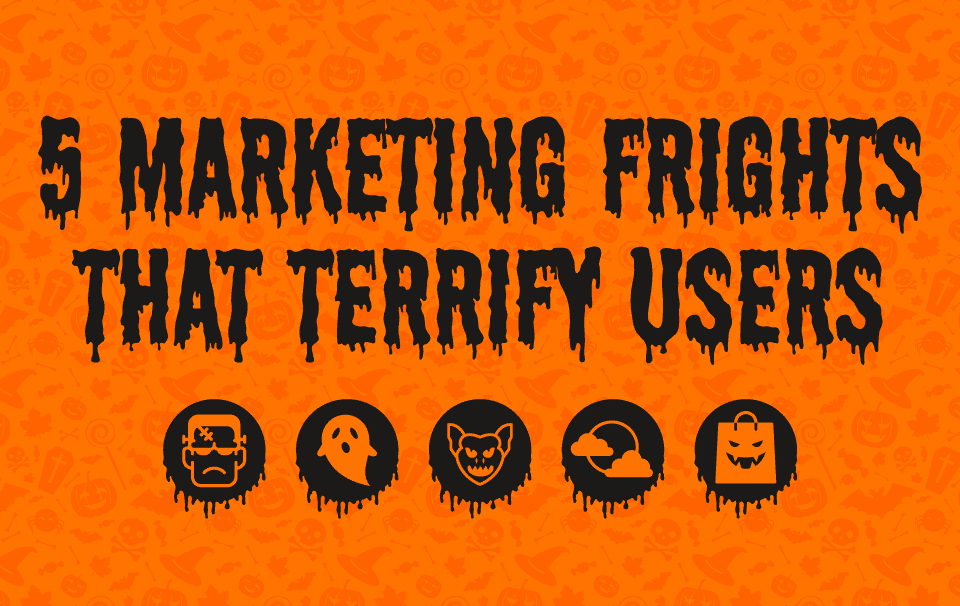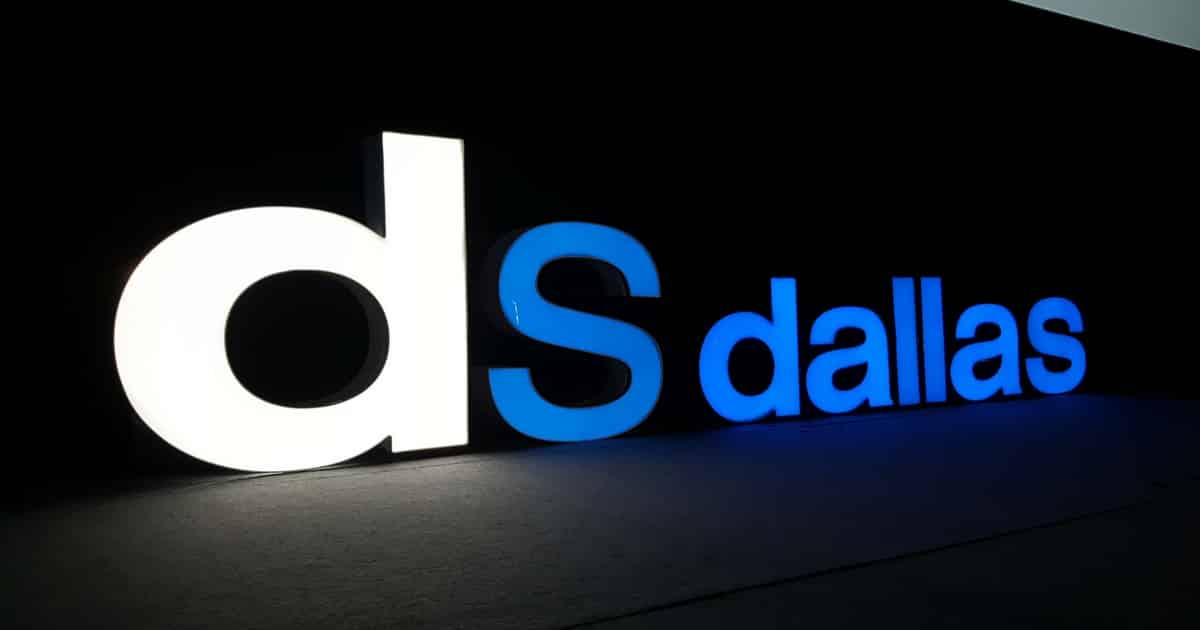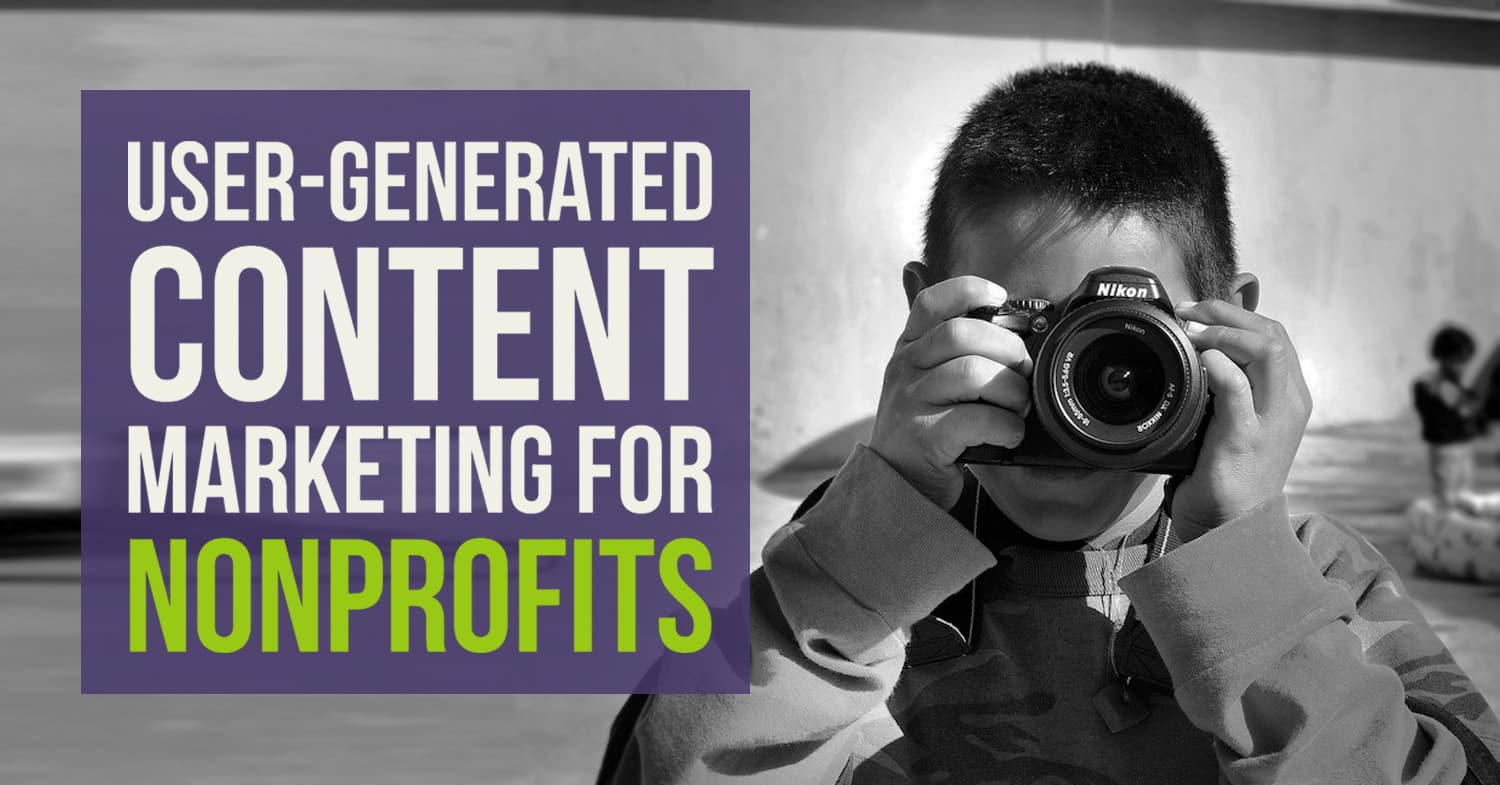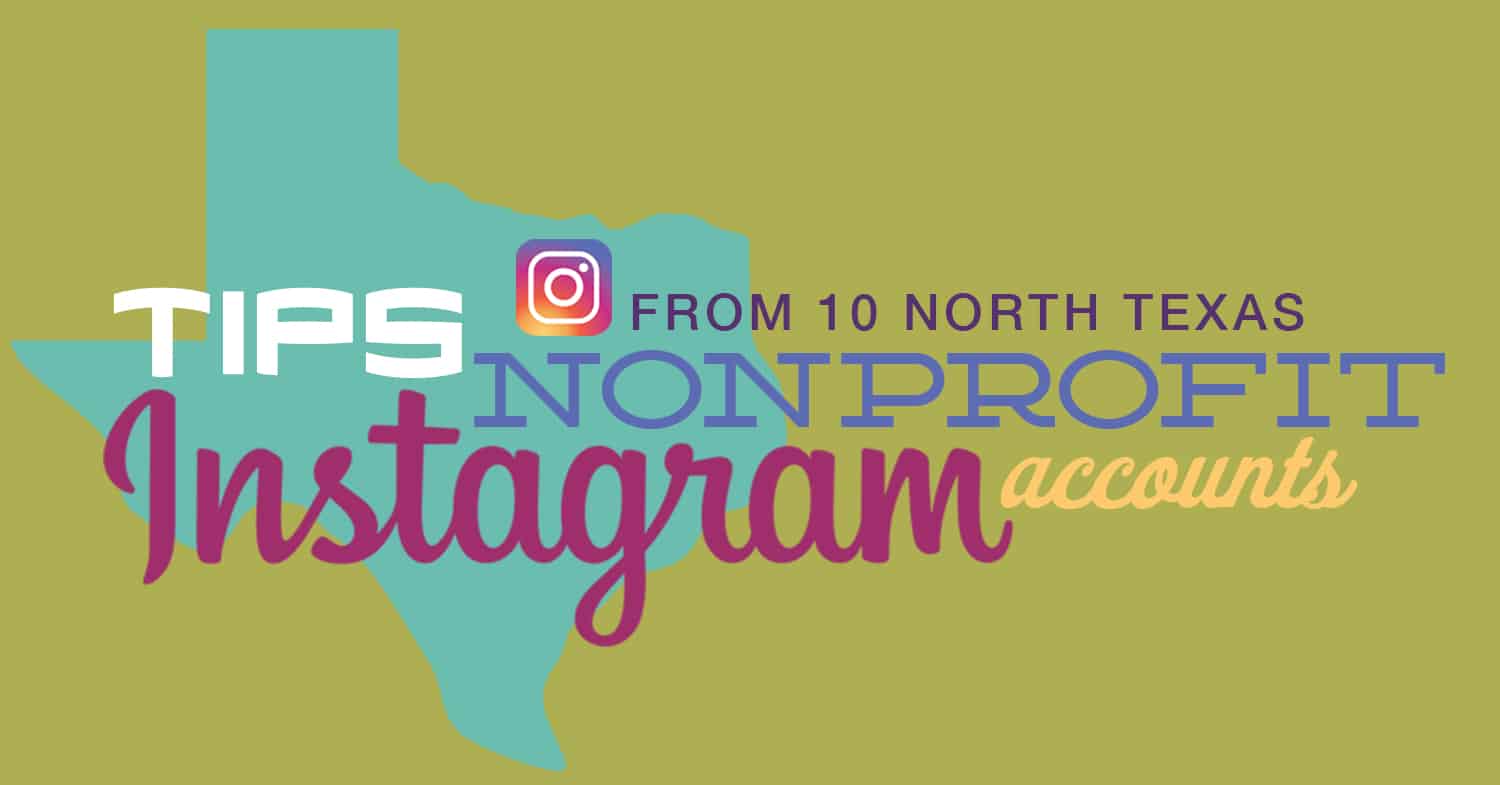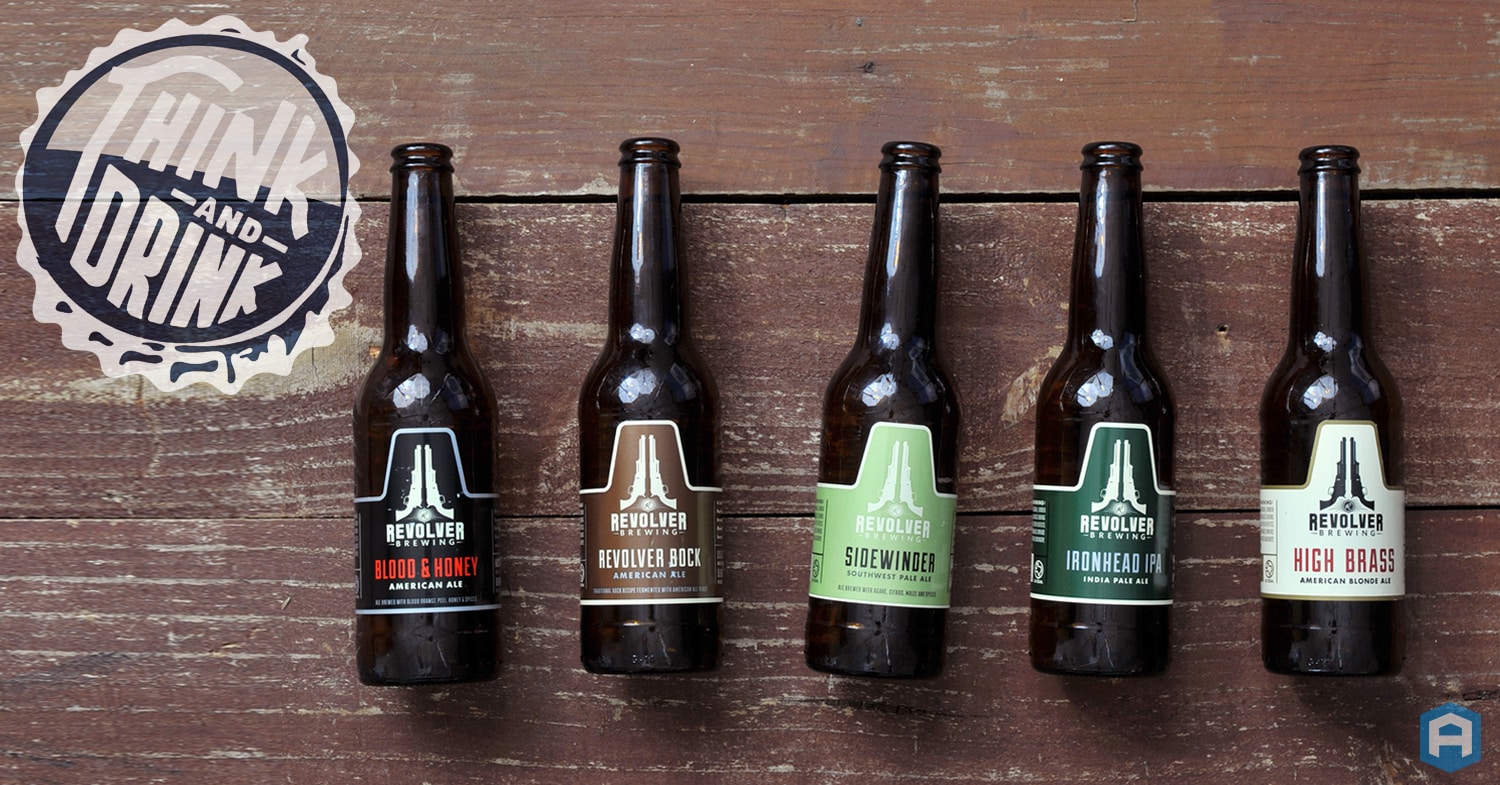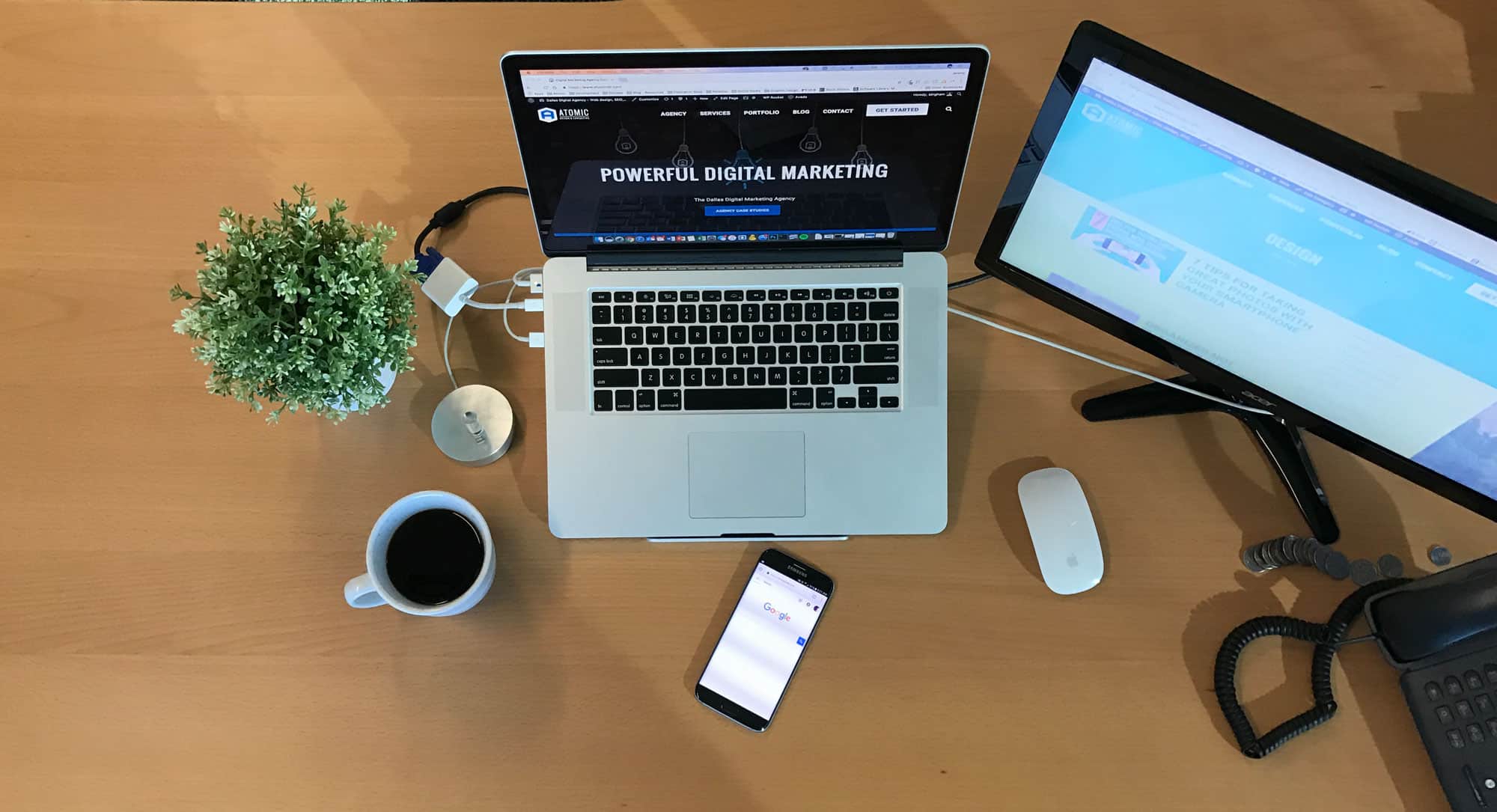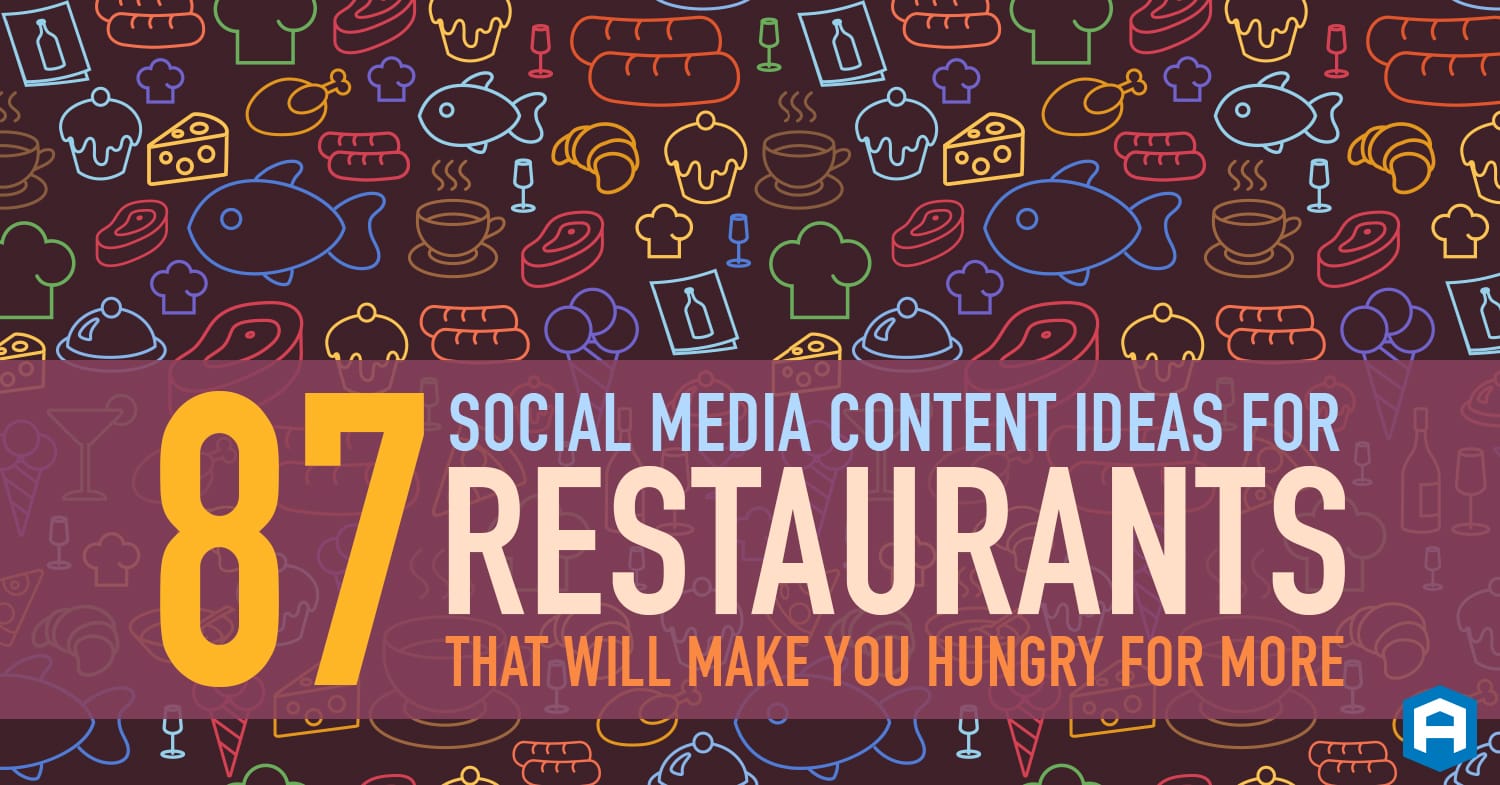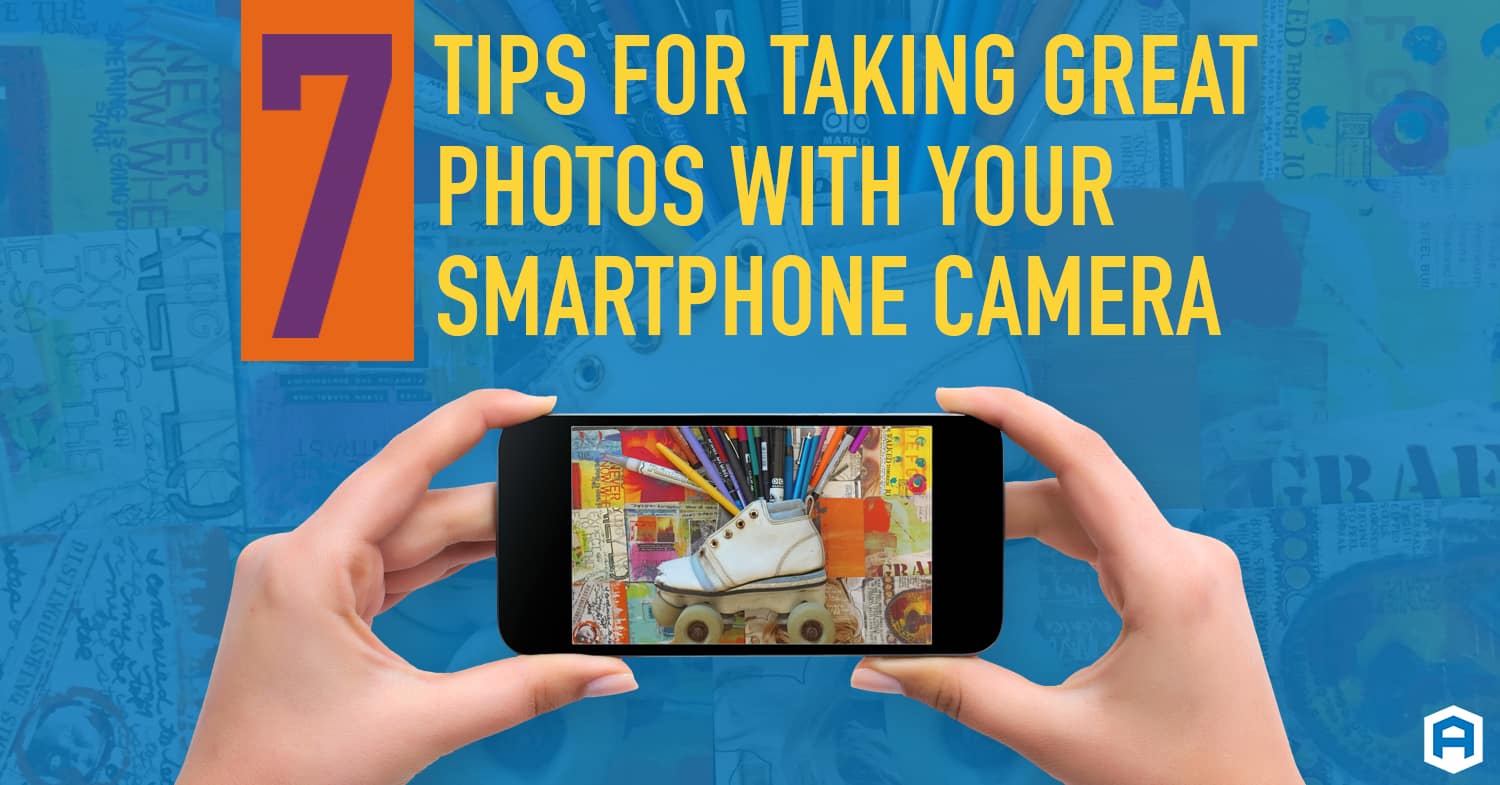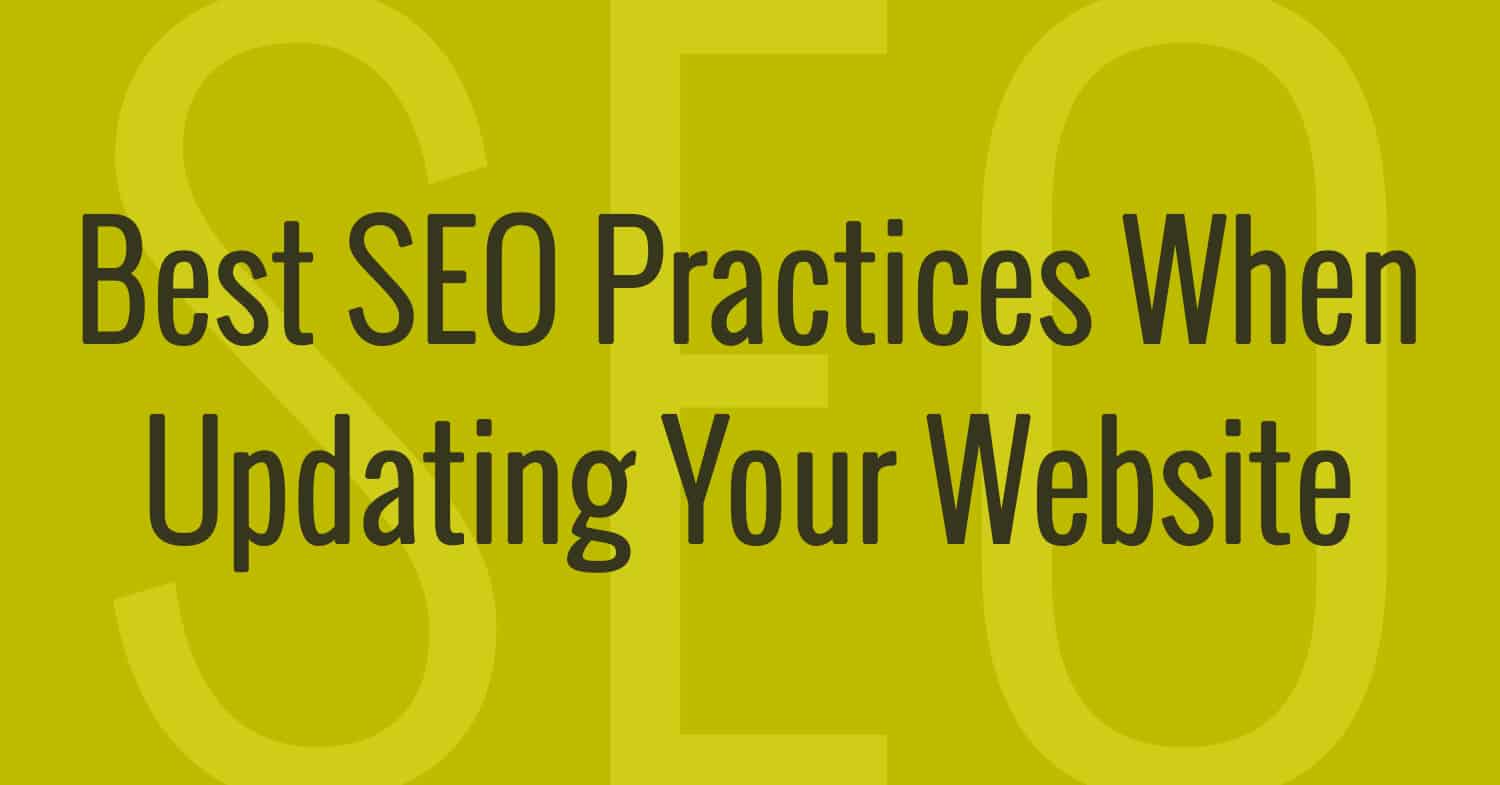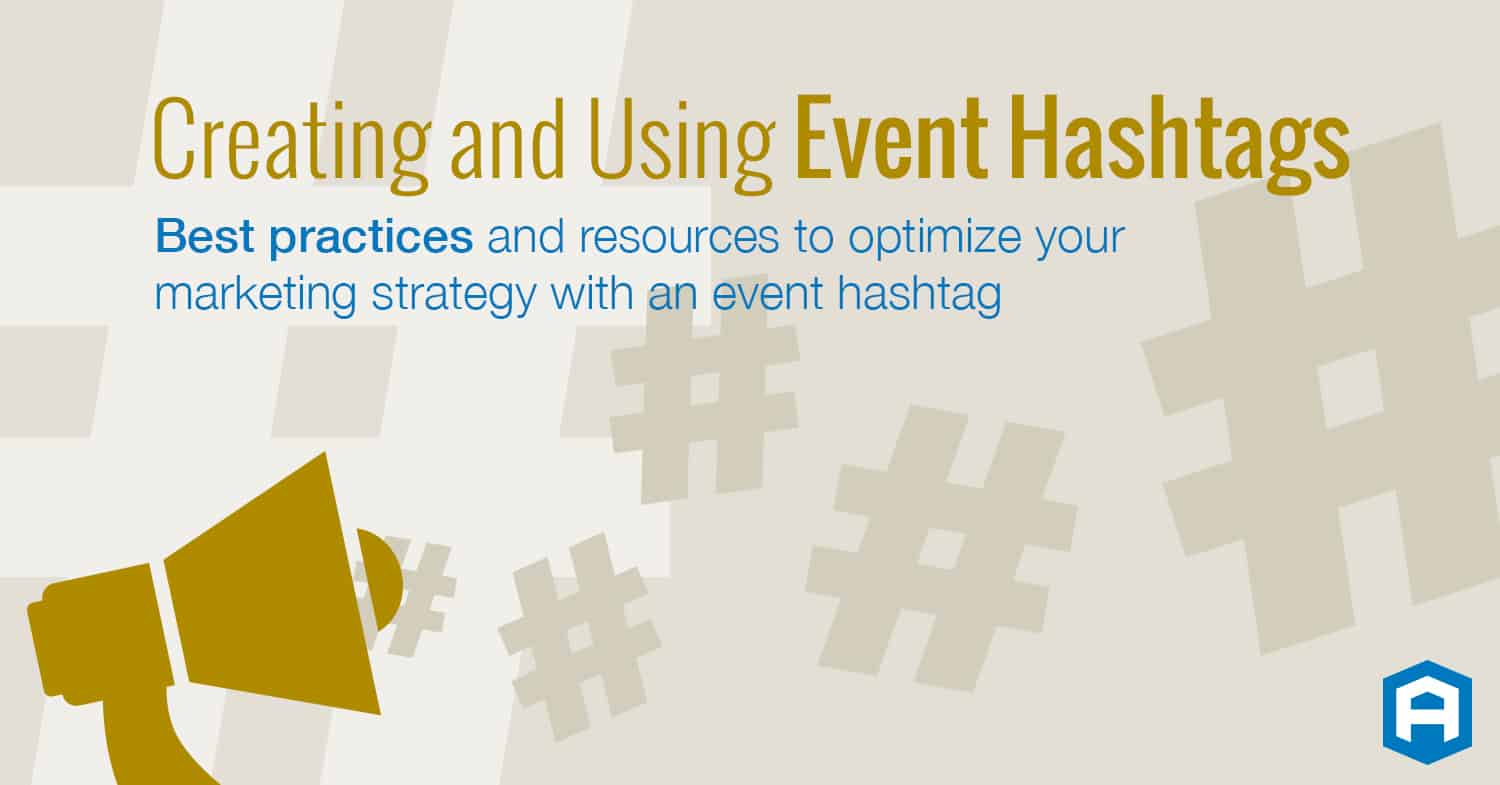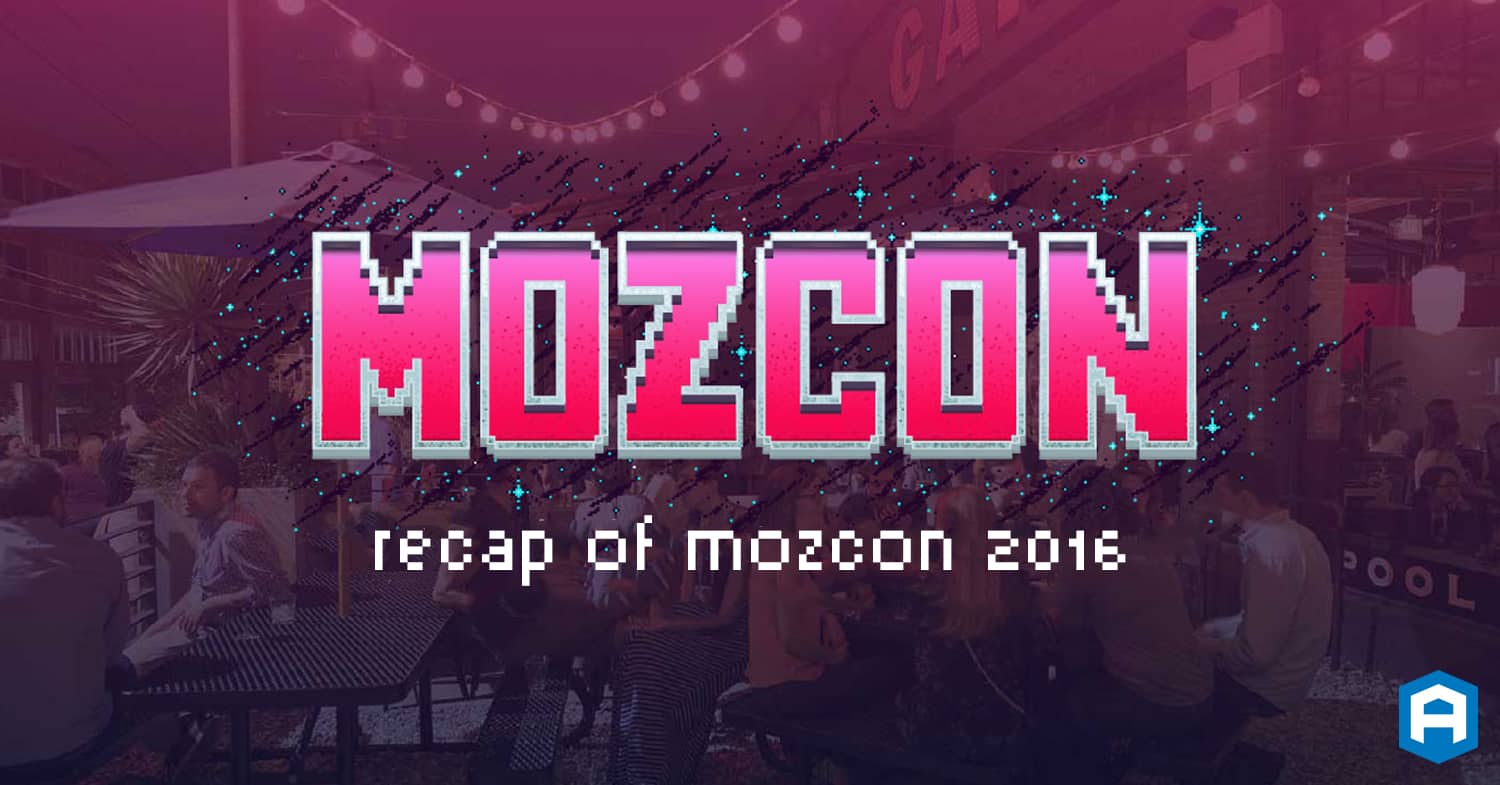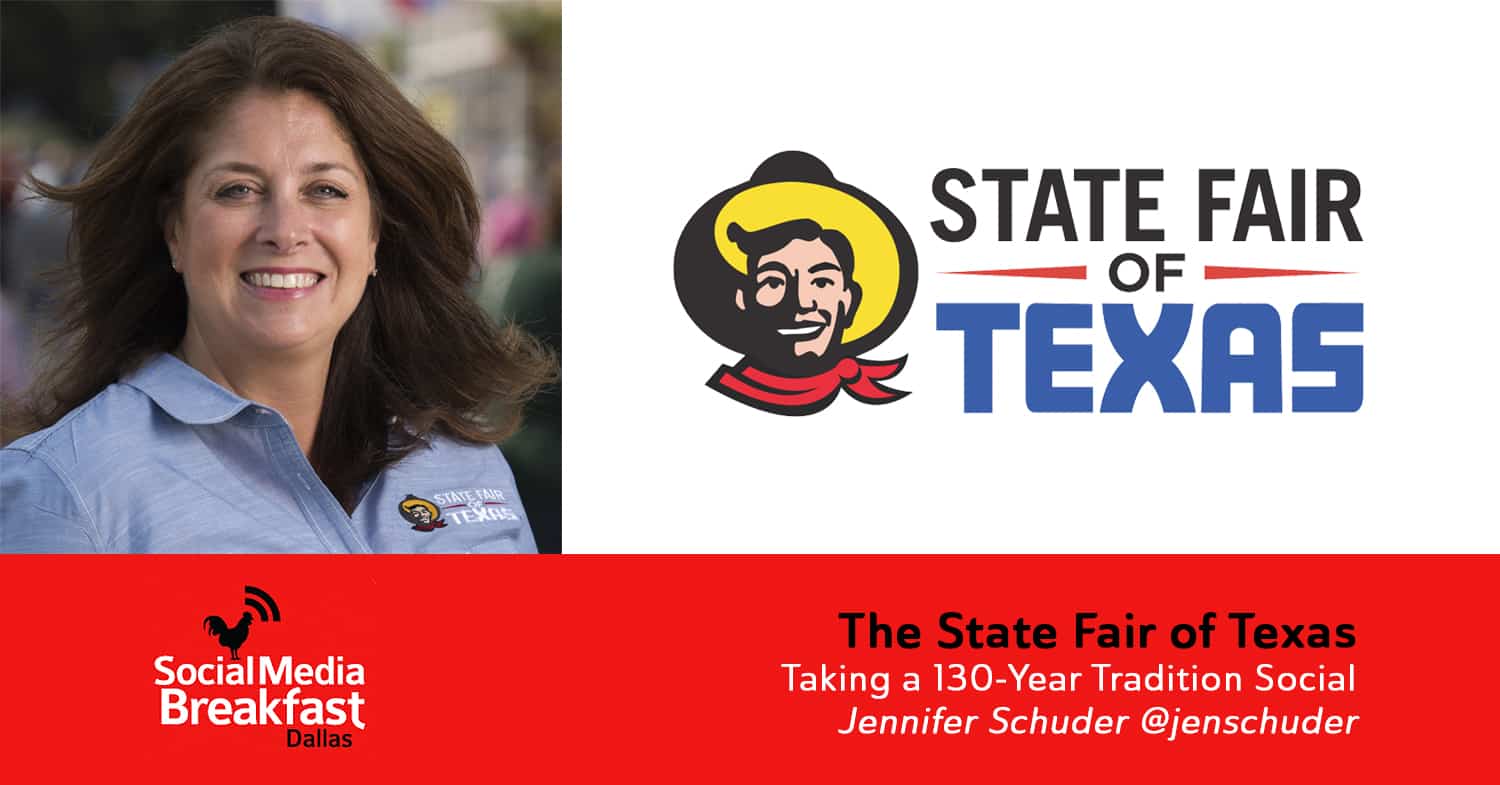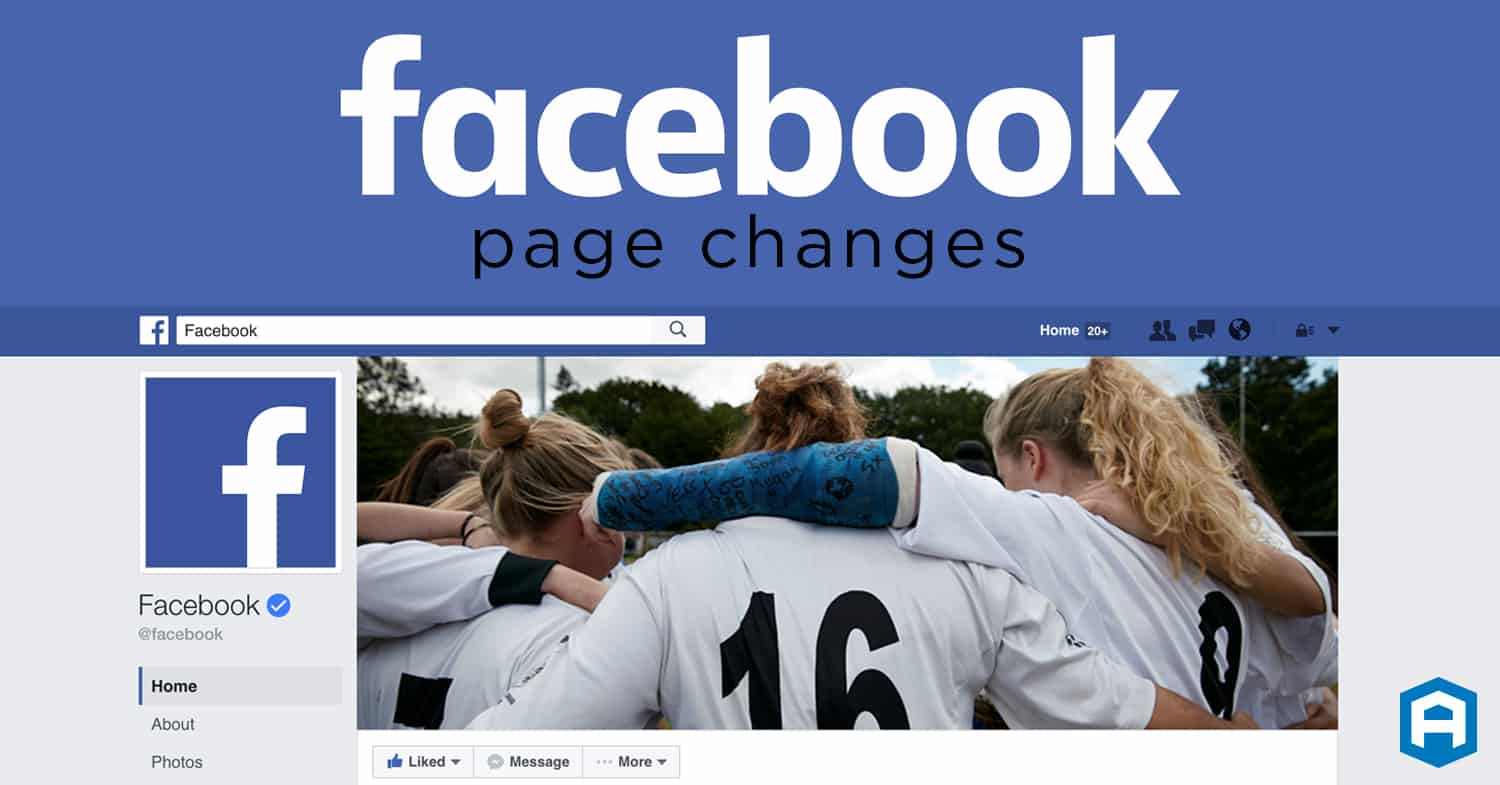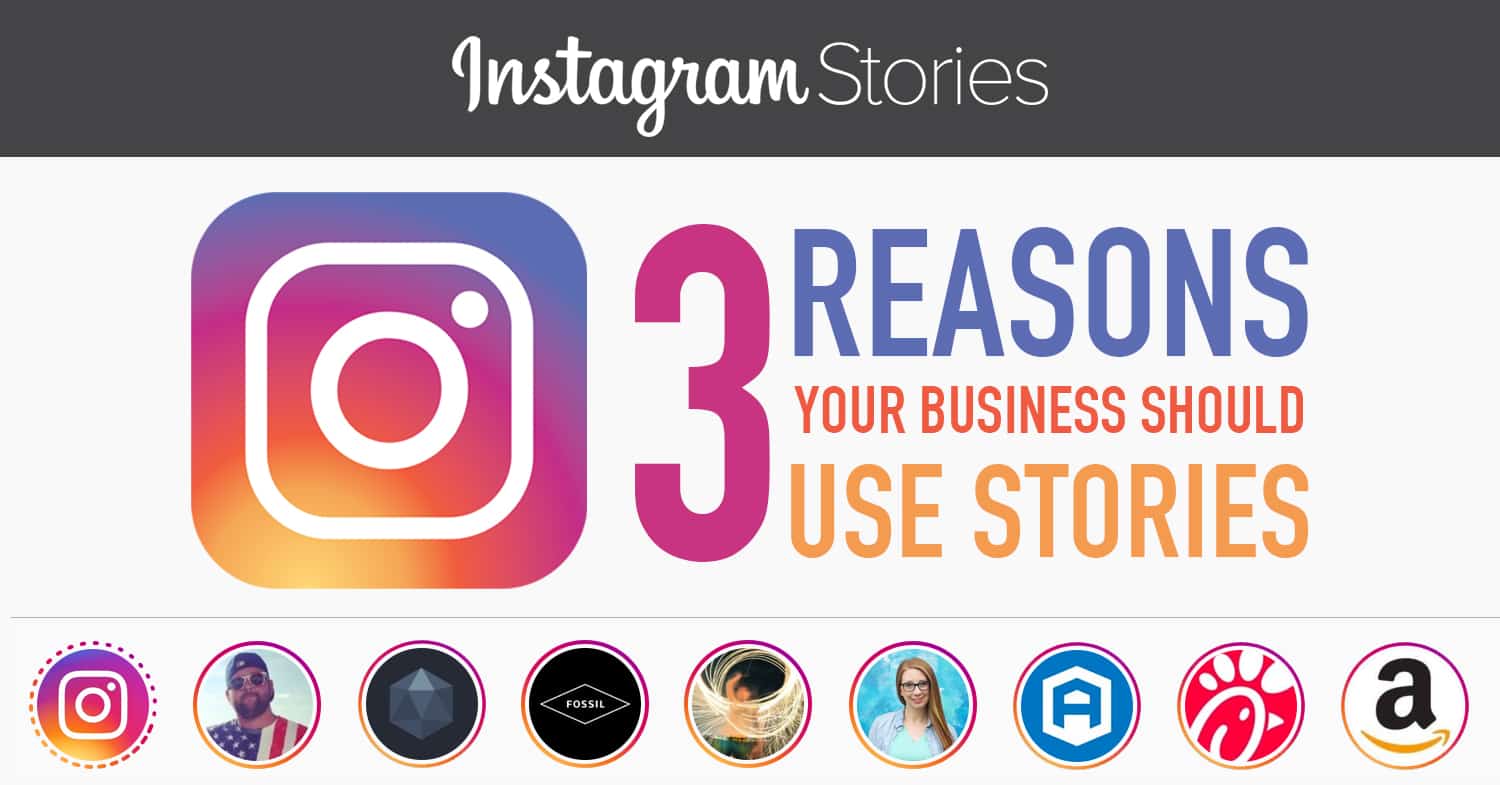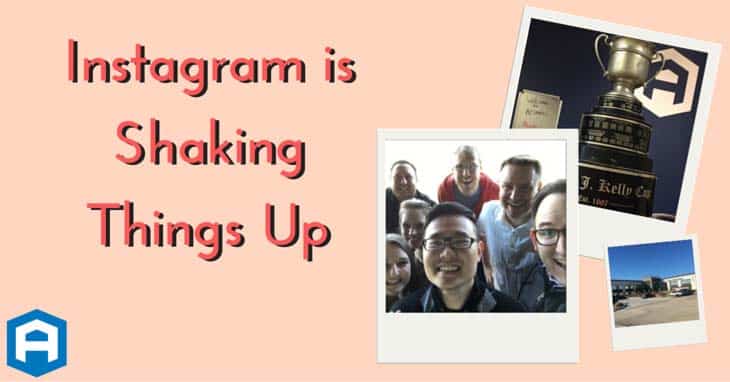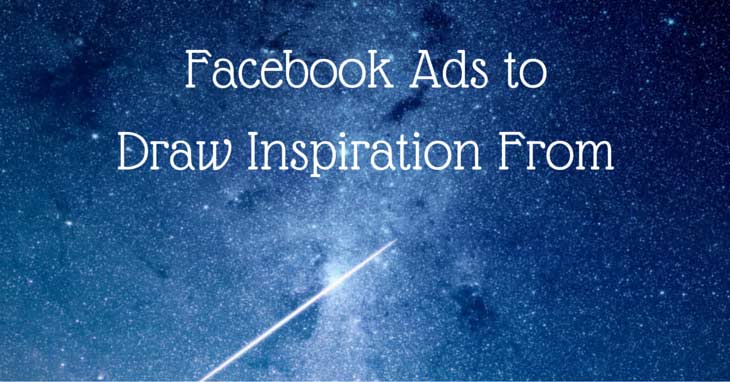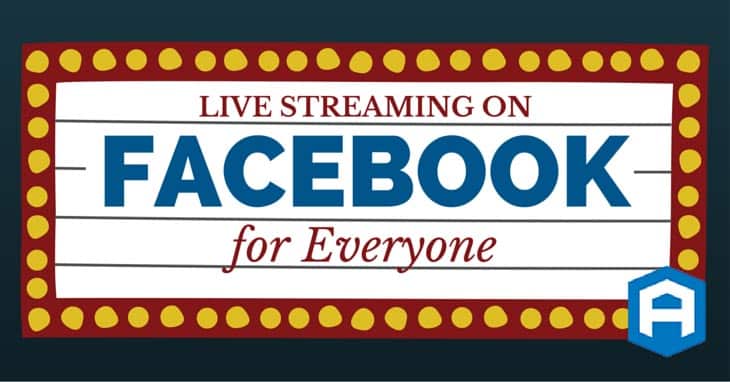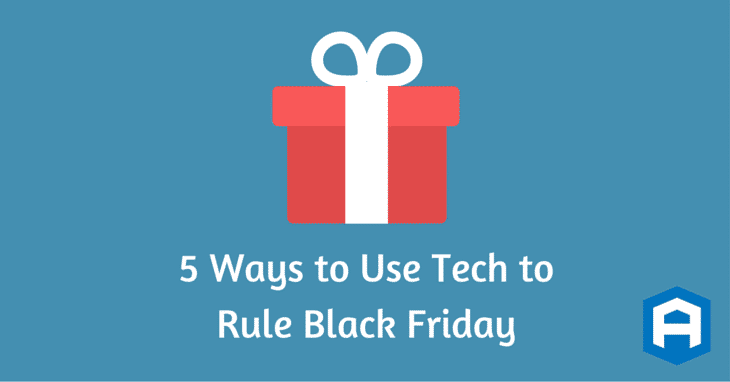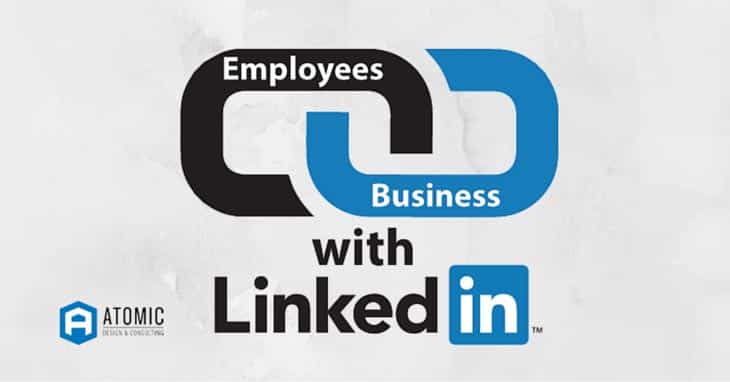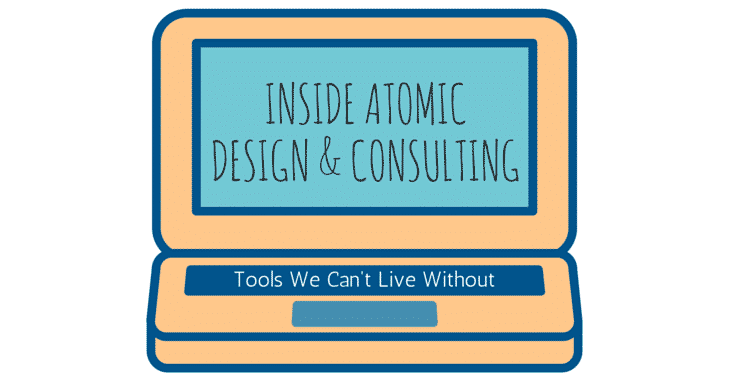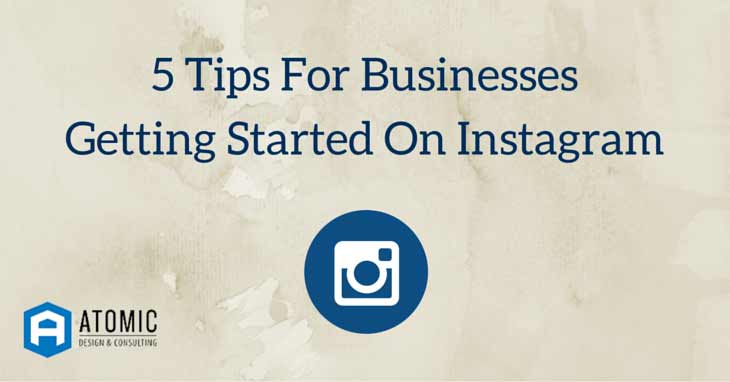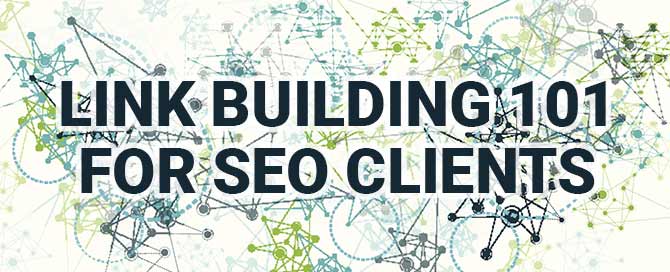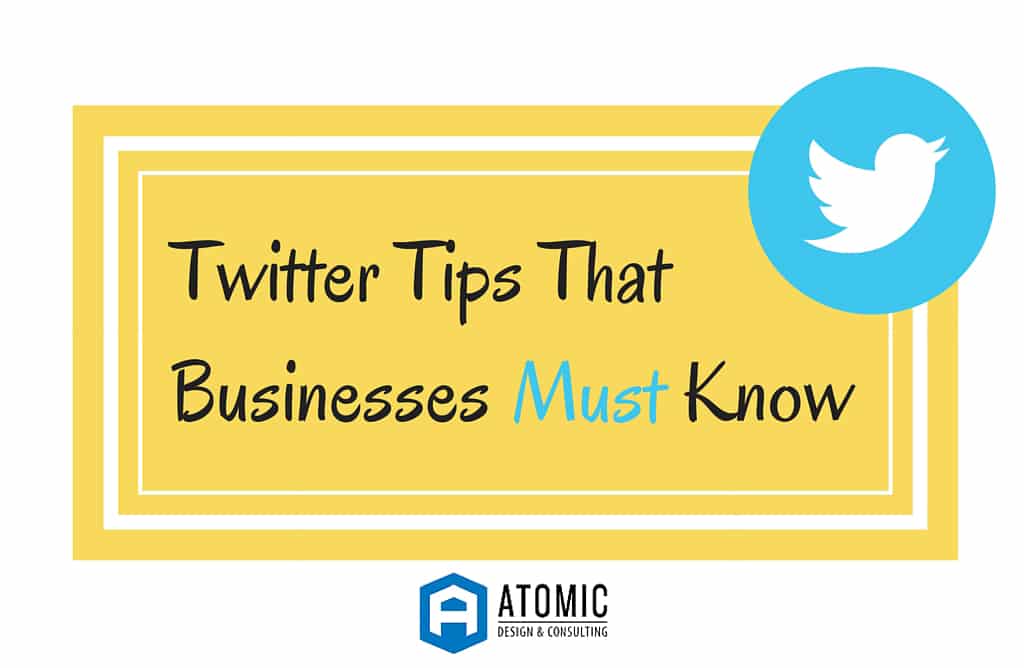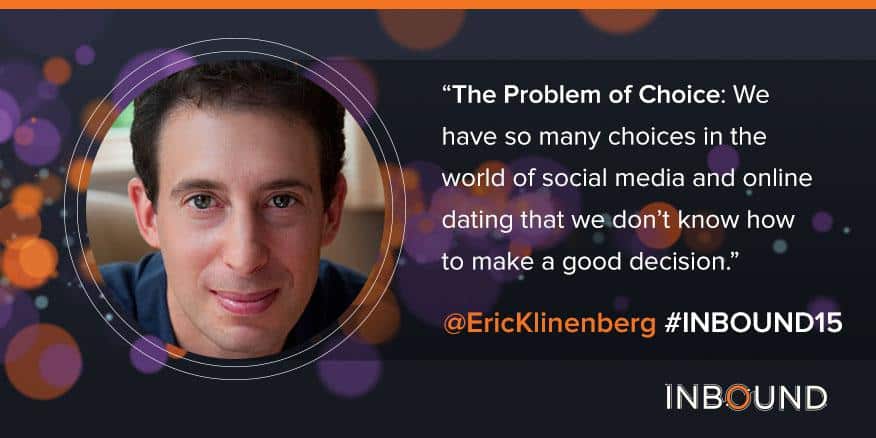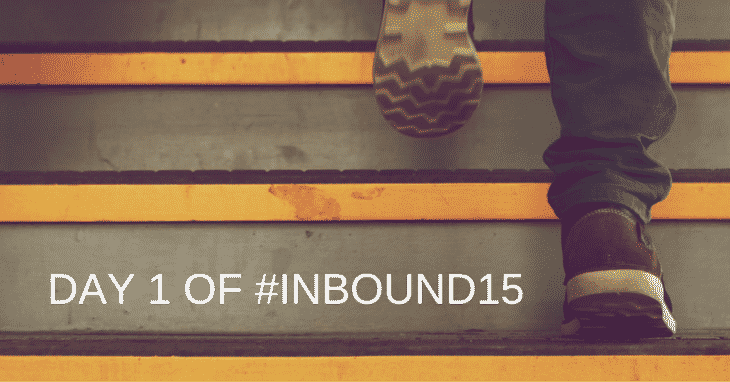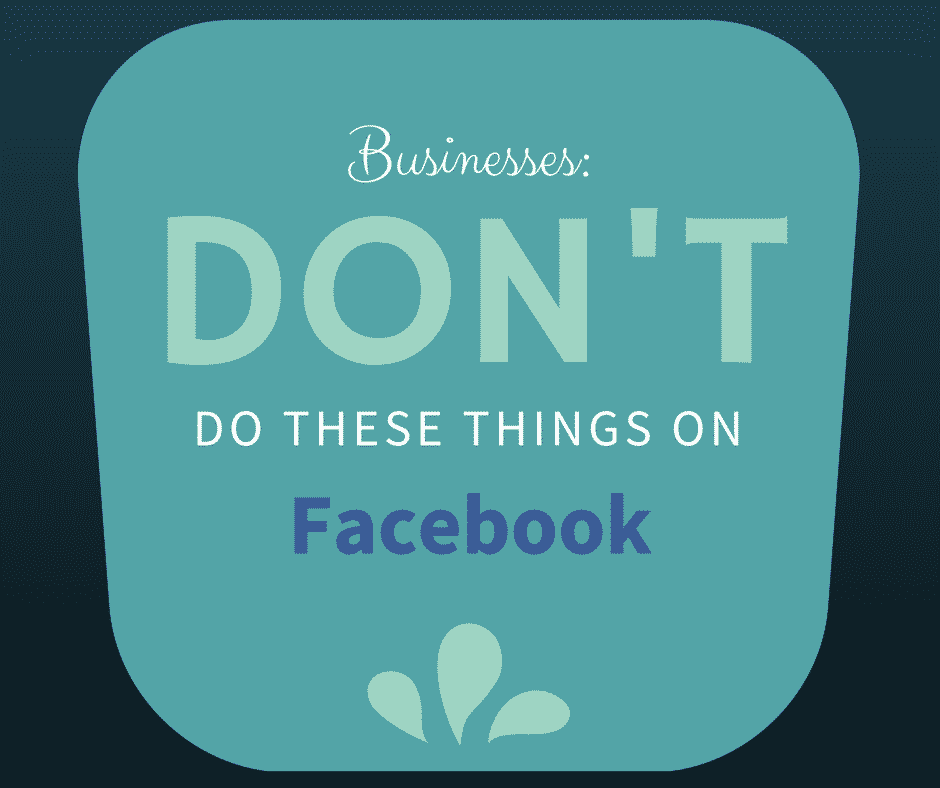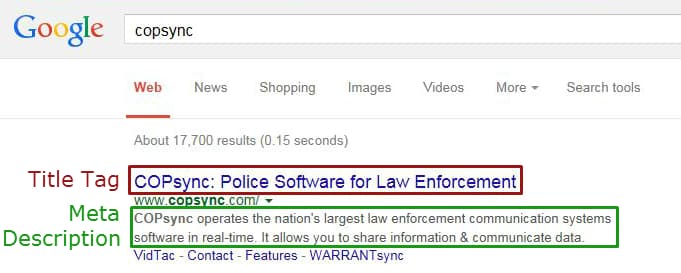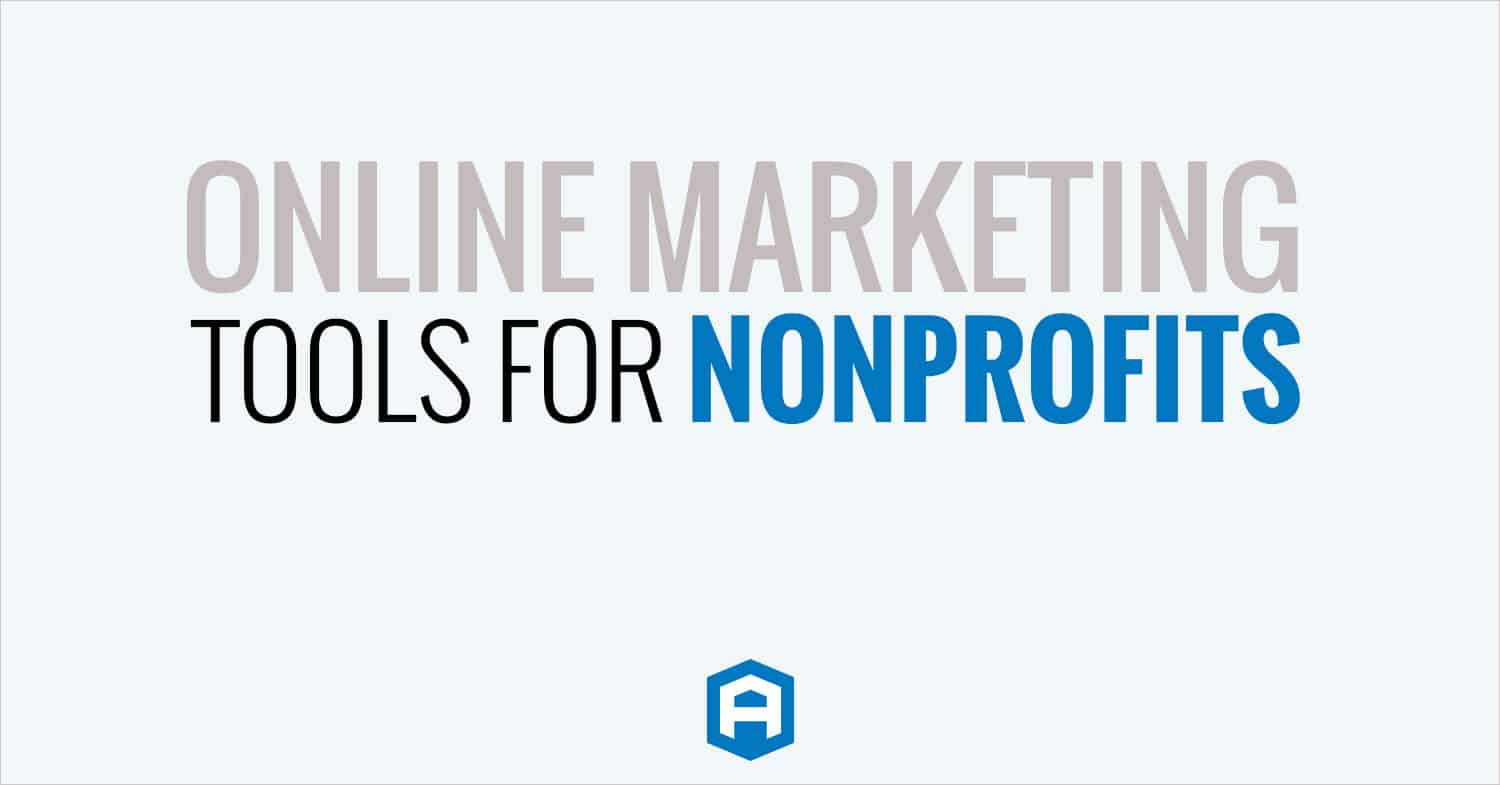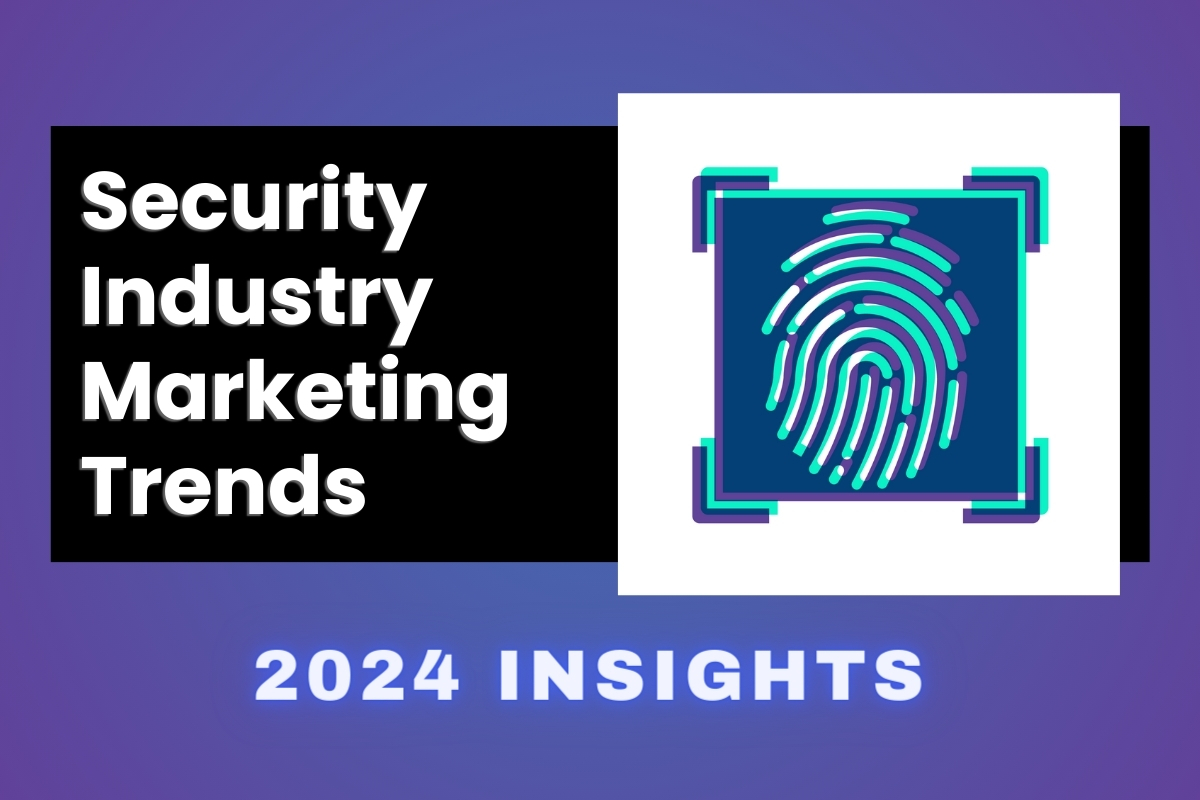
Marketing Insights for Security Products and Services
The security industry—encompassing physical security, cybersecurity, and personal protection services—is evolving rapidly. With new technological advancements and changing consumer expectations, staying ahead of the curve is crucial for businesses in this sector. Here’s a comprehensive look at the latest marketing trends shaping the security industry in 2024.
1. Emphasis on Data-Driven Marketing
In 2024, data-driven marketing continues to be at the forefront. Security companies are leveraging advanced analytics to understand customer behavior, preferences, and pain points. By analyzing data from various touchpoints, companies can create highly targeted and personalized marketing campaigns. This approach not only enhances customer engagement but also improves conversion rates.
Example: A cybersecurity firm uses customer interaction data to segment its audience based on industry, company size, and specific security concerns. They then create tailored email campaigns addressing the unique challenges of each segment, resulting in a 30% increase in open rates and a 20% boost in conversions.
Insight: Integrating Customer Relationship Management (CRM) systems with marketing automation tools allows for real-time data analysis and campaign optimization. This enables security companies to adapt their strategies quickly based on customer responses and market trends.
2.Focus on Consumer Education
Content marketing remains a powerful tool, especially when it comes to complex topics like security. In 2024, there is a noticeable shift towards educational content. Blogs, whitepapers, webinars, and video tutorials that explain security concepts, trends, and best practices are highly valued. This not only positions companies as thought leaders but also helps in building trust with potential clients.
Example: A home security company creates a series of interactive infographics explaining common household vulnerabilities and how to address them. These infographics are shared across social media platforms, leading to increased brand awareness and a 25% uptick in website traffic.
Insight: Developing a content calendar that aligns with industry events, cyber awareness months, and trending security topics can help maintain a consistent flow of relevant, educational content throughout the year.
3. Integration of AI and Machine Learning
Artificial Intelligence (AI) and Machine Learning (ML) are revolutionizing the security industry. Marketing strategies are now incorporating AI-driven tools to automate and optimize campaigns. Chatbots powered by AI are providing instant customer support, while predictive analytics are helping in foreseeing market trends and customer needs. This integration enhances efficiency and effectiveness in marketing efforts.
Example: A network security provider implements an AI-powered chatbot on their website. The chatbot handles initial customer inquiries, qualifies leads, and schedules demos with sales representatives. This automation reduces response times by 80% and increases qualified lead generation by 35%.
Insight: AI can also be used to analyze vast amounts of security threat data, enabling companies to create marketing content that addresses emerging threats in real-time, positioning them as proactive and up-to-date.
4. Video, Video, and More Video
Video marketing continues to dominate digital marketing. Security companies are increasingly using video to showcase their products and services. From product demonstrations to customer testimonials, videos are engaging and easily digestible. Live streaming of events and Q&A sessions are also becoming popular, providing real-time interaction with the audience.
Example: A physical security systems manufacturer creates a series of “Day in the Life” videos showcasing how their products protect various businesses. These videos, shared on YouTube and LinkedIn, result in a 40% increase in engagement and a 15% rise in product inquiries.
Insight: Incorporating interactive elements in videos, such as clickable hotspots or choose-your-own-adventure style narratives, can significantly increase viewer engagement and provide valuable data on viewer preferences.
5. Generating Awareness
With the rise in cyber threats, there is a growing emphasis on cybersecurity awareness. Marketing campaigns are focusing on educating businesses and individuals about the importance of cybersecurity. This includes promoting services like vulnerability assessments, penetration testing, and cybersecurity training programs.
Example: A cybersecurity firm partners with local businesses to offer free basic security audits. They then use the anonymized data to create industry-specific reports on common vulnerabilities, which are shared through press releases and industry publications, generating significant media coverage and new business leads.
Insight: Developing gamified cybersecurity awareness programs or mobile apps can make learning about security more engaging for employees and consumers alike, potentially opening new revenue streams for security companies.
We deliver consistent growth for security brands like:
6. Use of Influencer Marketing
Influencer marketing is making its way into the security industry. Collaborating with industry experts, bloggers, and influencers can help in reaching a wider audience. These influencers can provide authentic reviews and endorsements, enhancing brand credibility and trust.
Example: A personal safety device company partners with travel bloggers and outdoor adventure influencers to showcase their products in real-world scenarios. This campaign results in a 50% increase in social media followers and a 30% boost in sales to the adventure travel demographic.
Insight: Micro-influencers within specific industries or niches (e.g., IT professionals, small business owners) can often provide more targeted reach and higher engagement rates than broader, more general influencers.
7. Relate Better with Social Media
Social media continues to be a crucial channel for marketing. Security companies are using platforms like LinkedIn, Twitter, and Facebook to share updates, engage with followers, and run targeted ad campaigns. Social media also provides an avenue for addressing customer queries and concerns promptly.
Example: A cybersecurity software company creates a LinkedIn group for IT security professionals. By fostering discussions and sharing valuable content, they build a community of over 50,000 members, establishing themselves as industry leaders and generating a steady stream of high-quality leads.
Insight: Utilizing social listening tools can help security companies identify and respond to industry trends, customer pain points, and competitor activities in real-time, informing both product development and marketing strategies.
8. Embracing AR and VR Technologies
Augmented Reality (AR) and Virtual Reality (VR) are being used to create immersive marketing experiences. For instance, VR can provide virtual tours of security installations, while AR can be used for interactive product demonstrations. These technologies offer innovative ways to engage potential customers and showcase offerings.
Example: A smart home security company develops an AR app that allows potential customers to visualize how security cameras and sensors would look in their own homes. This interactive experience leads to a 25% increase in product understanding and a 20% rise in sales conversions.
Insight: AR and VR can also be used for virtual training simulations, allowing security companies to showcase their expertise in handling various security scenarios without the need for physical demonstrations.
9. Sustainable and Ethical Marketing
Consumers are increasingly concerned about sustainability and ethical practices. Security companies are highlighting their commitment to ethical practices and sustainable solutions in their marketing campaigns. This includes eco-friendly products, fair labor practices, and corporate social responsibility initiatives.
Example: A surveillance equipment manufacturer launches a “Green Security” line, featuring products made from recycled materials and powered by renewable energy. They partner with an environmental NGO, donating a percentage of sales to conservation efforts. This initiative results in positive press coverage and a 15% increase in market share among environmentally conscious consumers.
Insight: Implementing and marketing a robust ethics policy, particularly around data privacy and use of AI in security applications, can be a significant differentiator in a market where trust is paramount.
10. Personalization and Customer Experience
Personalization is key to successful marketing in 2024. Tailoring messages and offers to individual customer preferences enhances the customer experience. This involves using customer data to deliver personalized content, recommendations, and solutions. Providing exceptional customer service and support is also crucial in building long-term relationships.
Example: A managed security service provider implements a personalized dashboard for each client, showcasing real-time threat analytics relevant to their specific industry and infrastructure. This tailored approach results in a 40% increase in client retention rates and a 25% boost in upsells to additional services.
Insight: Implementing a Voice of the Customer (VoC) program can provide invaluable insights for personalizing both marketing messages and product development, ensuring that security offerings remain aligned with evolving customer needs.
Security Marketing – Optimized
The security industry is witnessing significant changes in marketing strategies, driven by technological advancements and evolving consumer expectations. By embracing these trends, security companies can enhance their marketing efforts, build stronger customer relationships, and stay competitive in a dynamic market.
Need Specific Help?
Interested in a specific topic? Review the topics below to get the info, news, and tips you need!








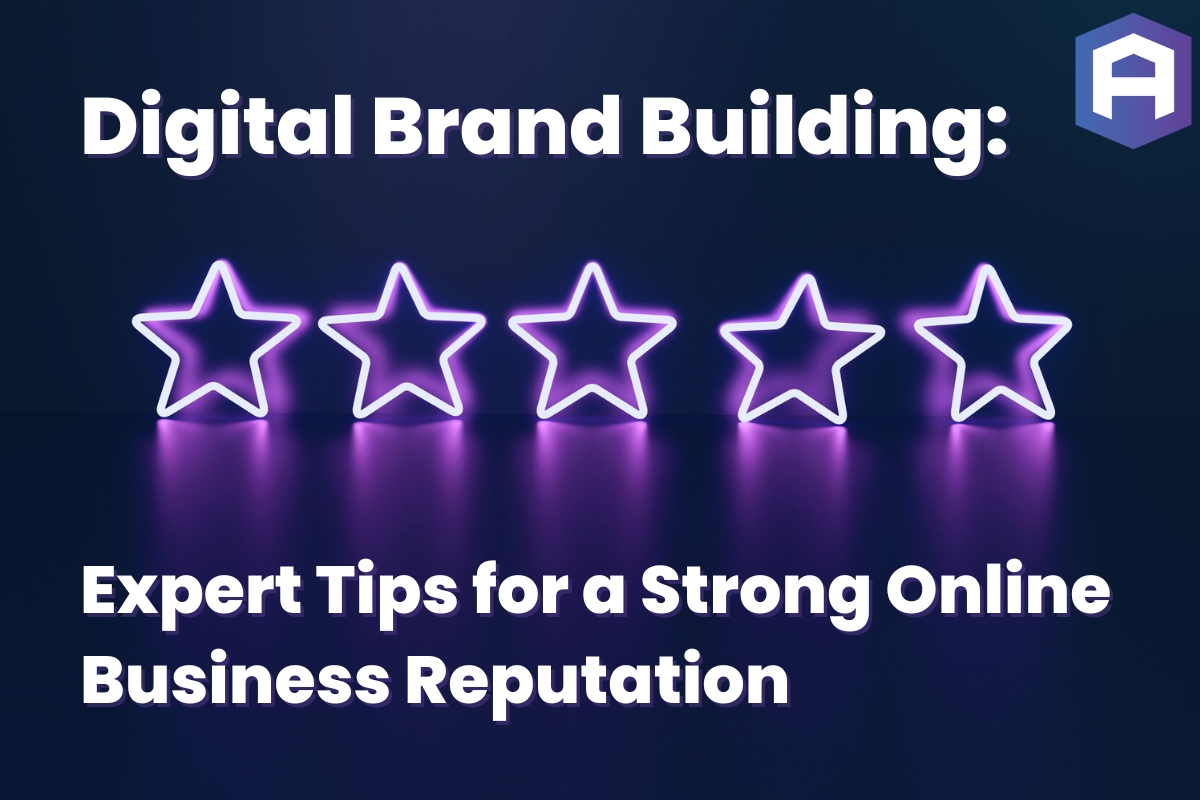
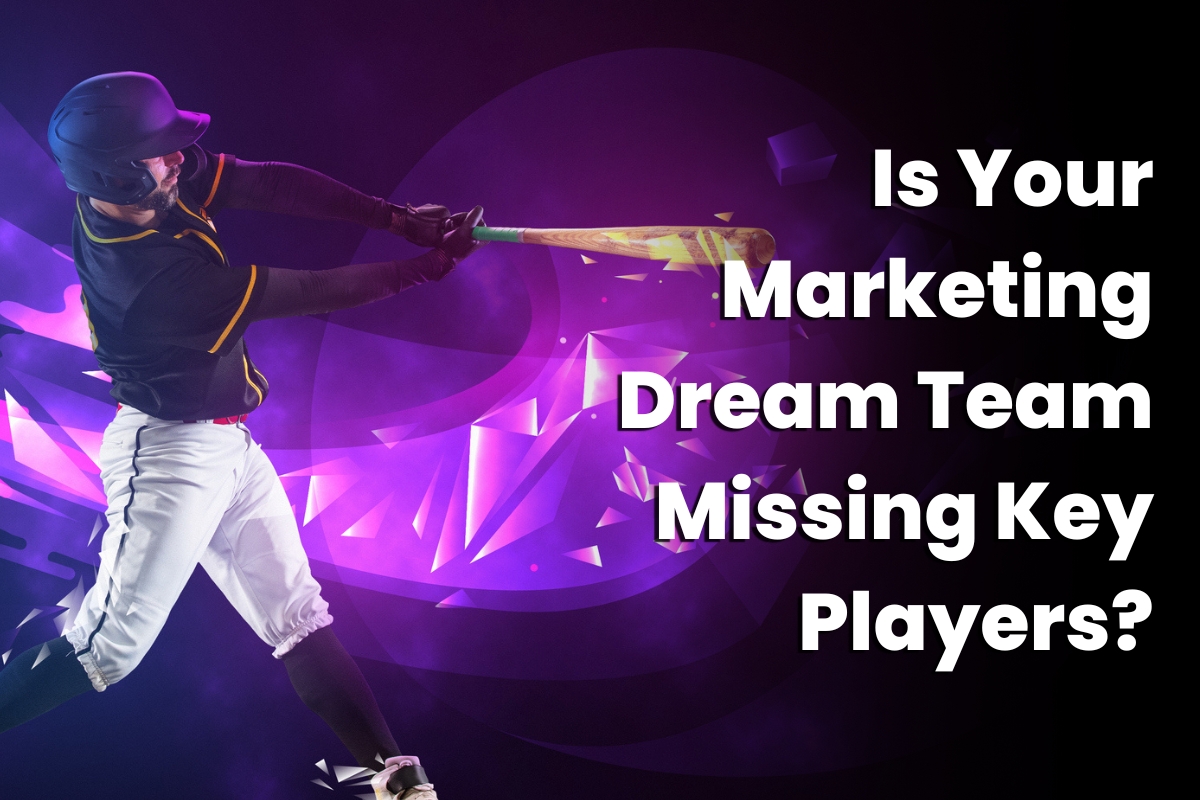


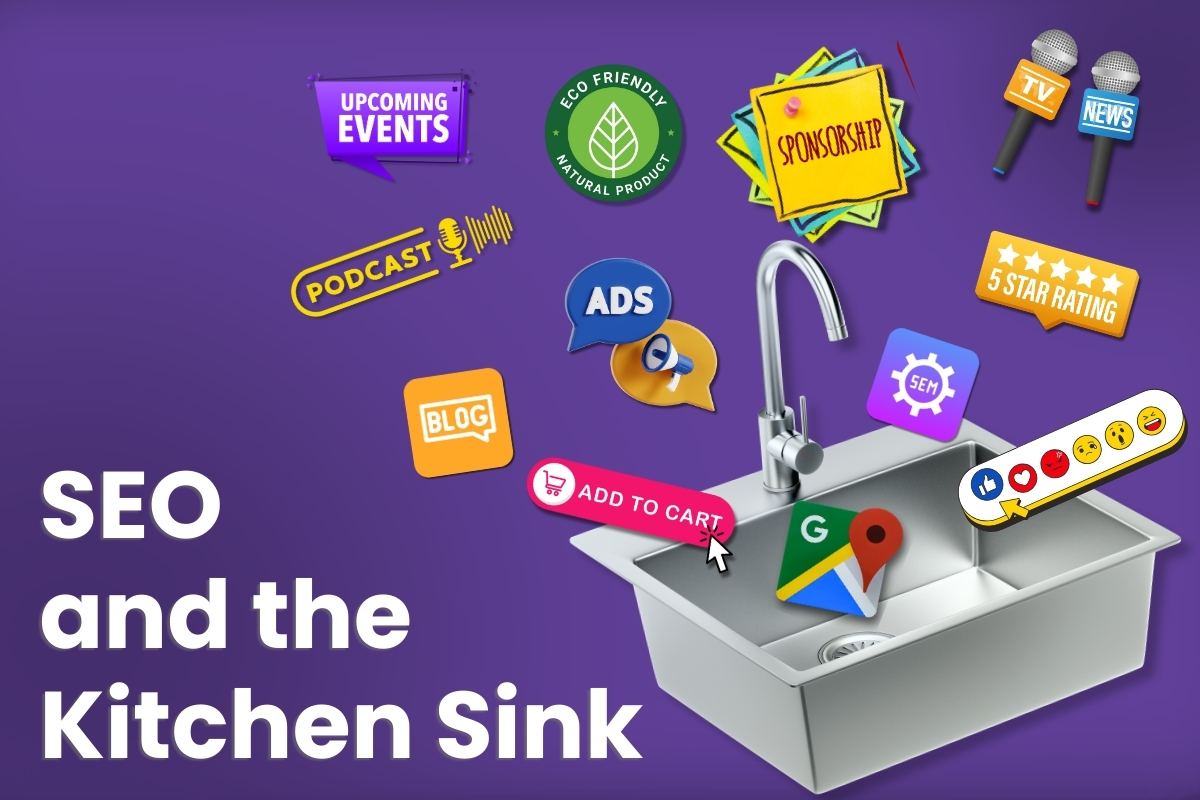
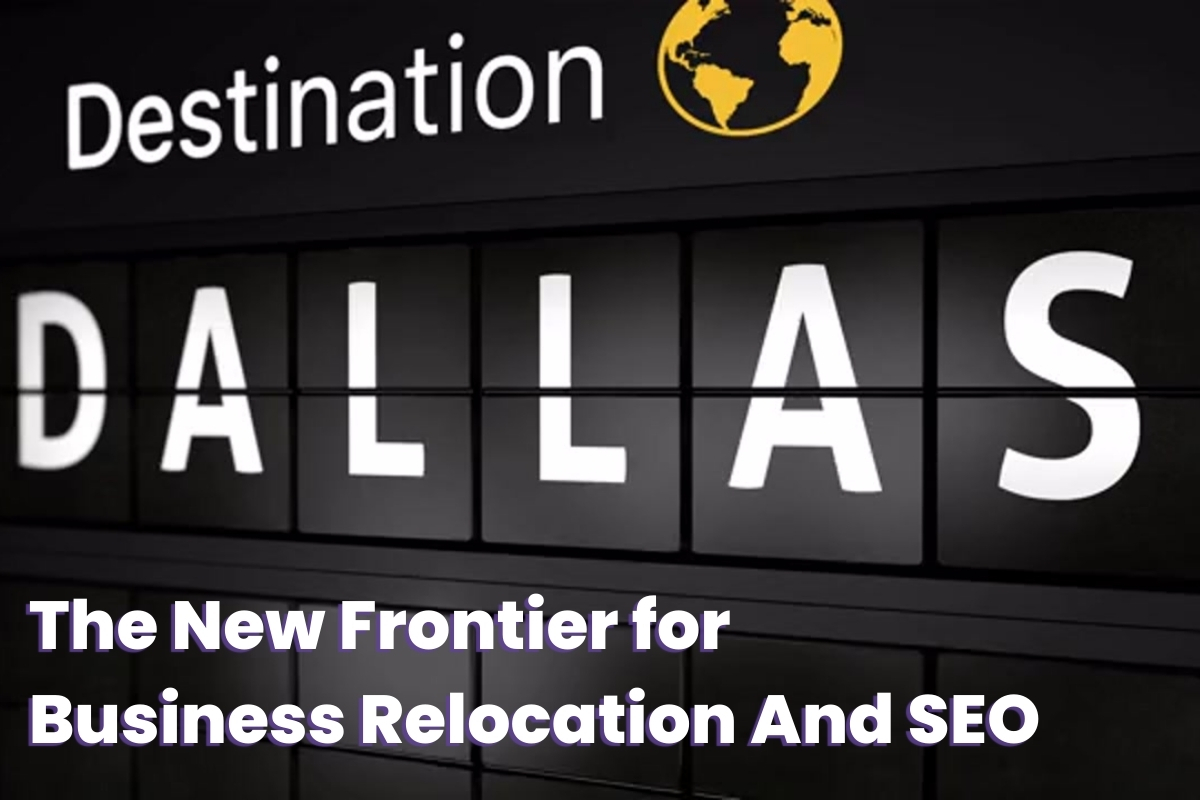

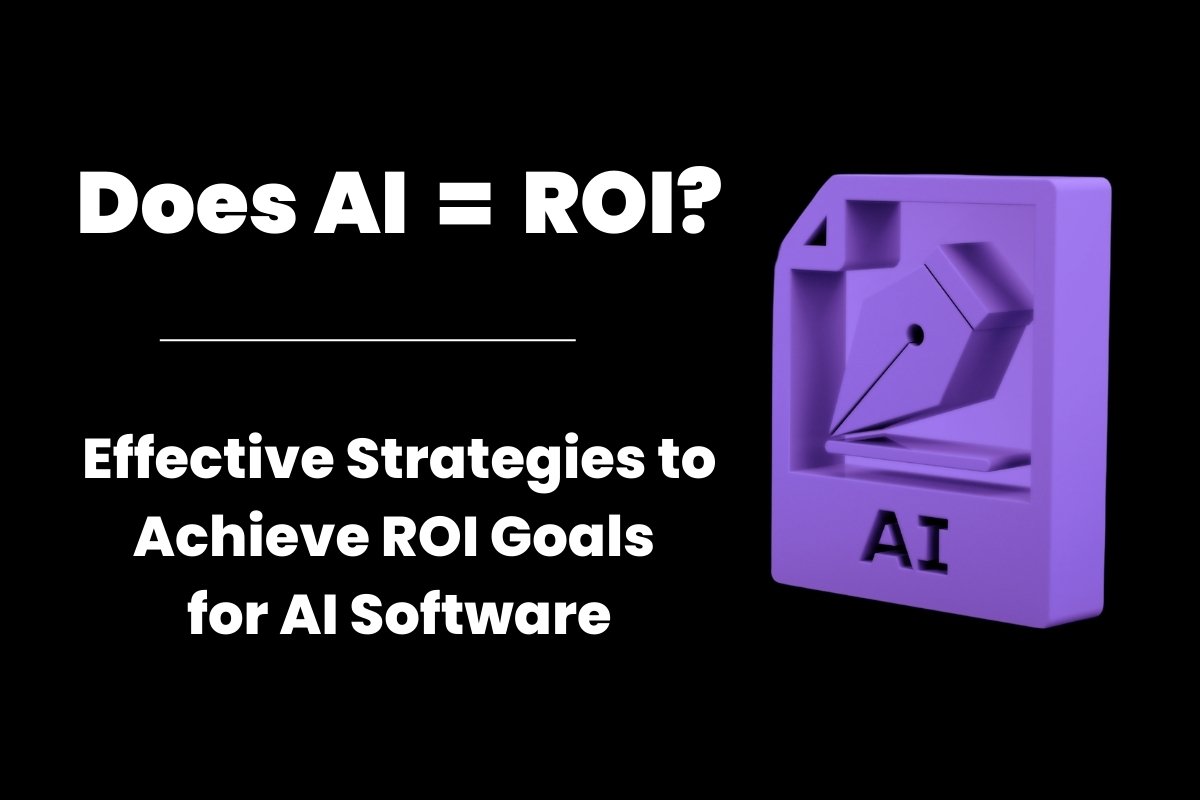

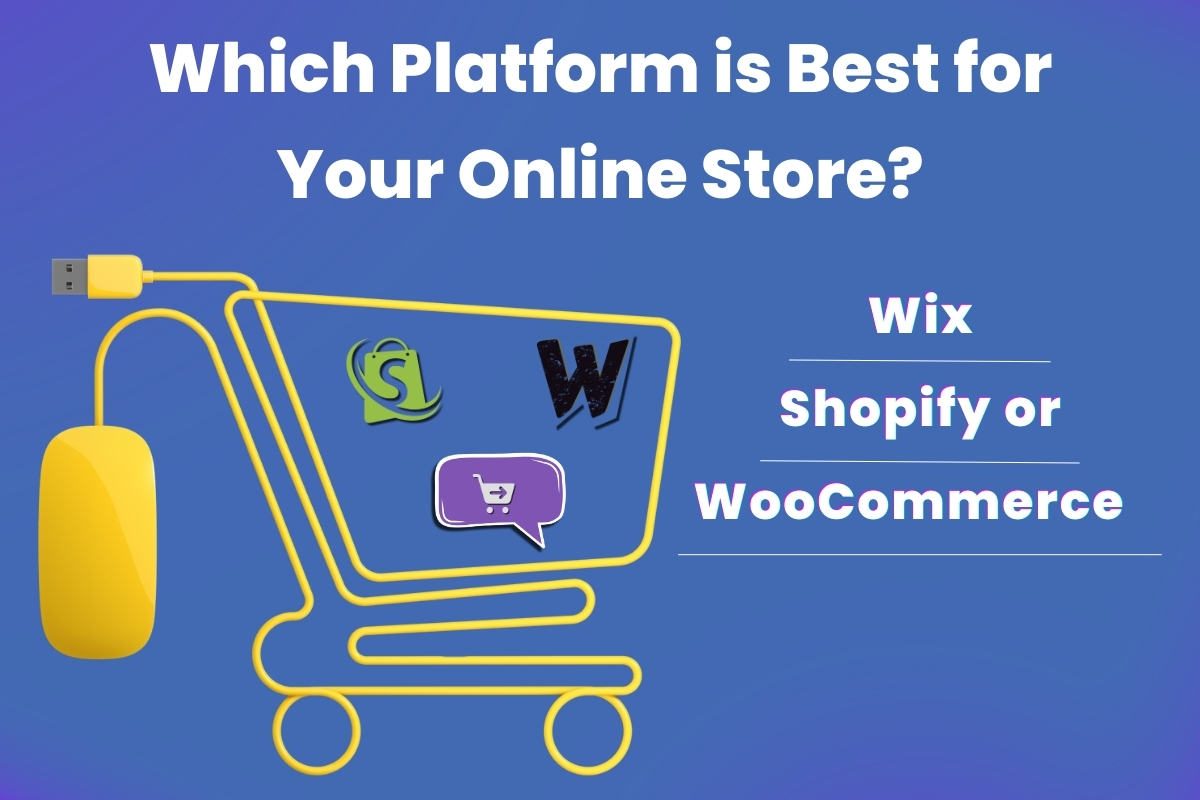
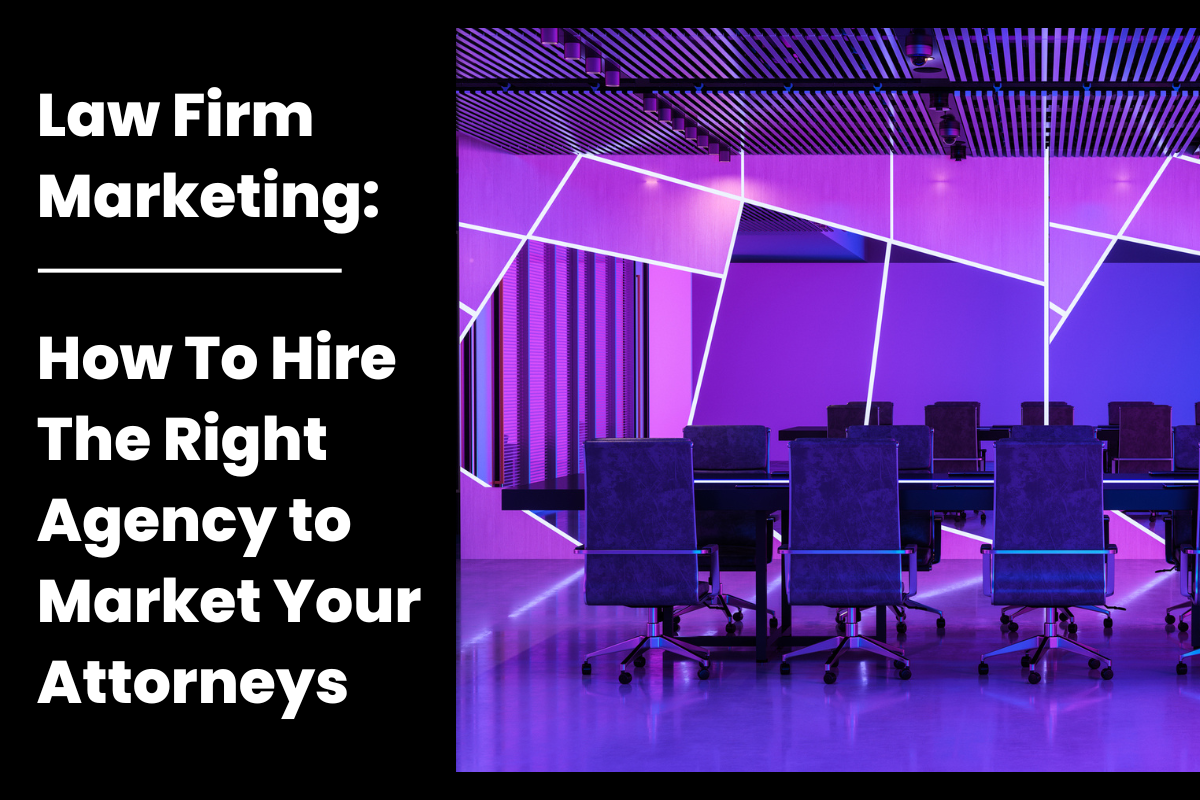
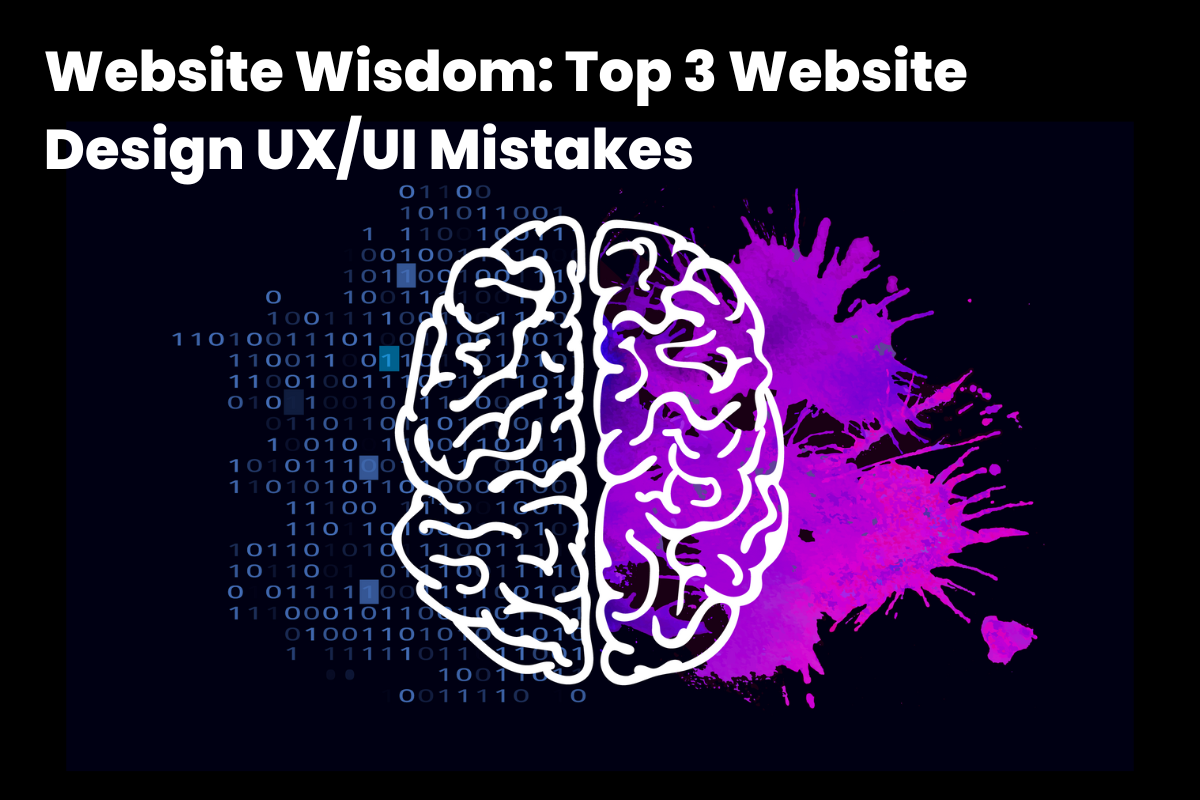
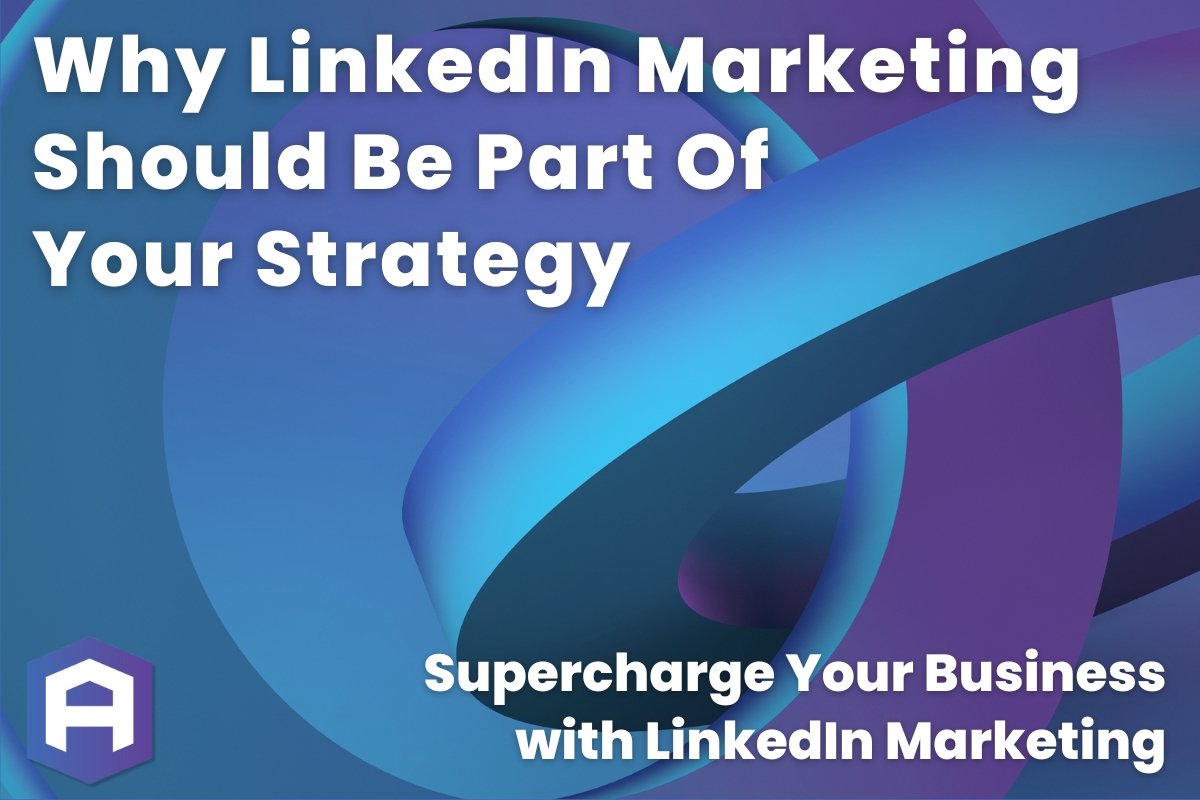
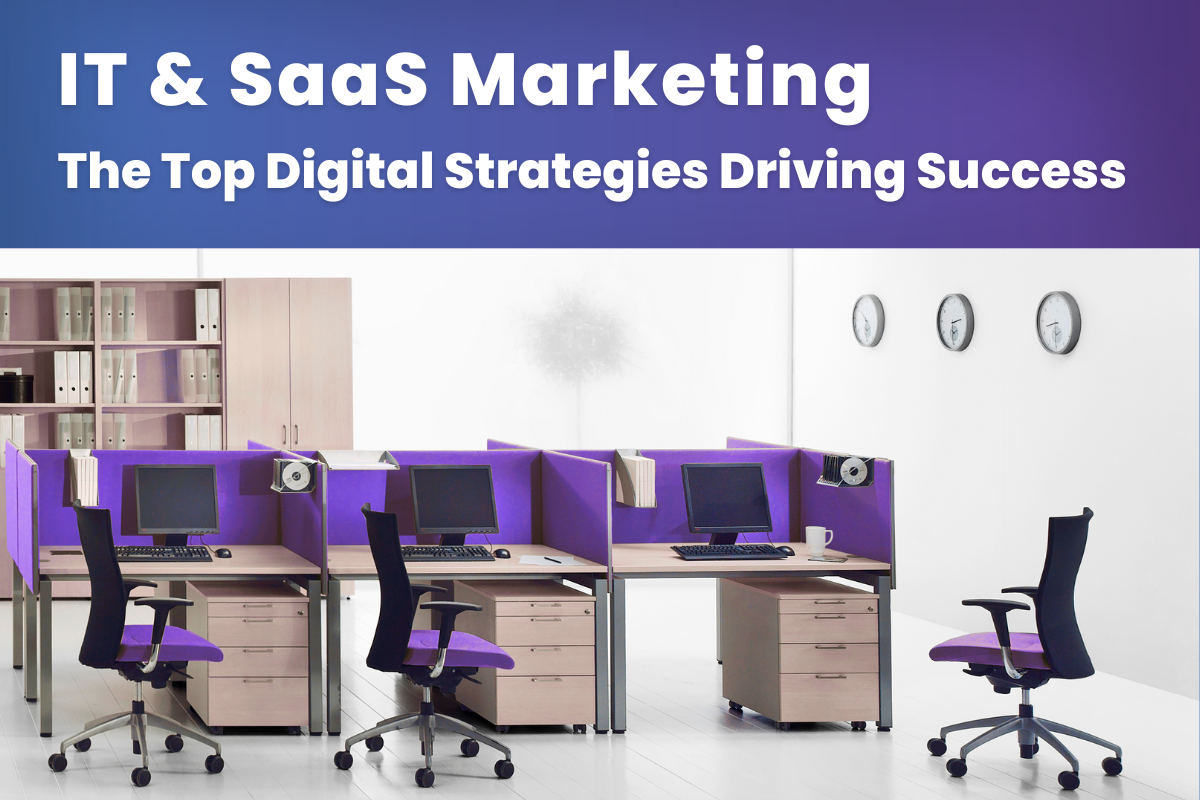
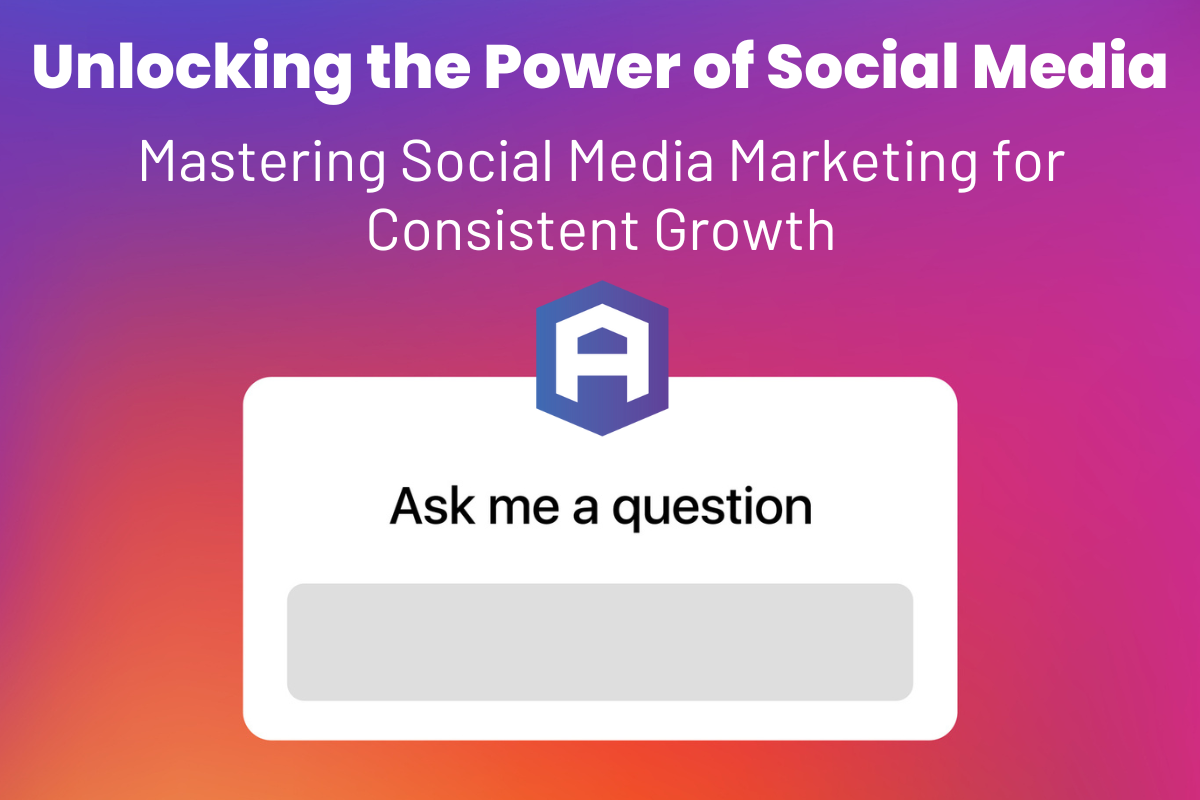

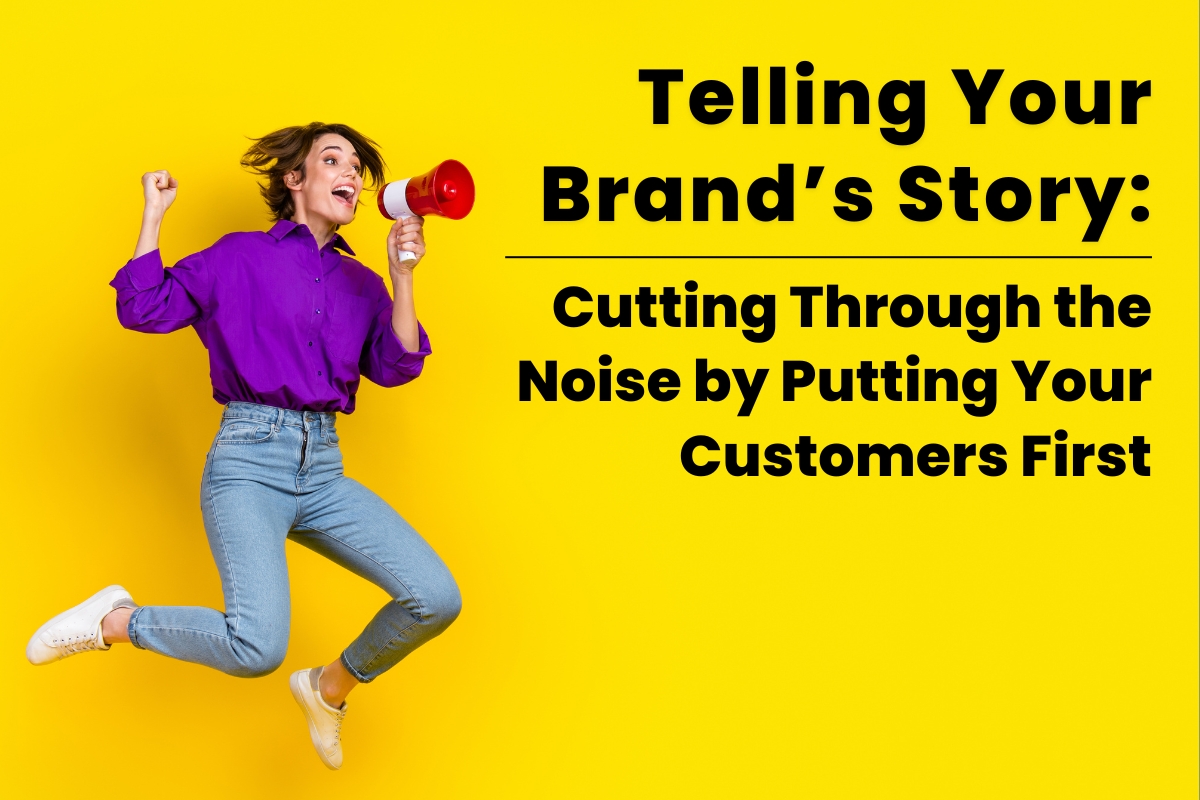


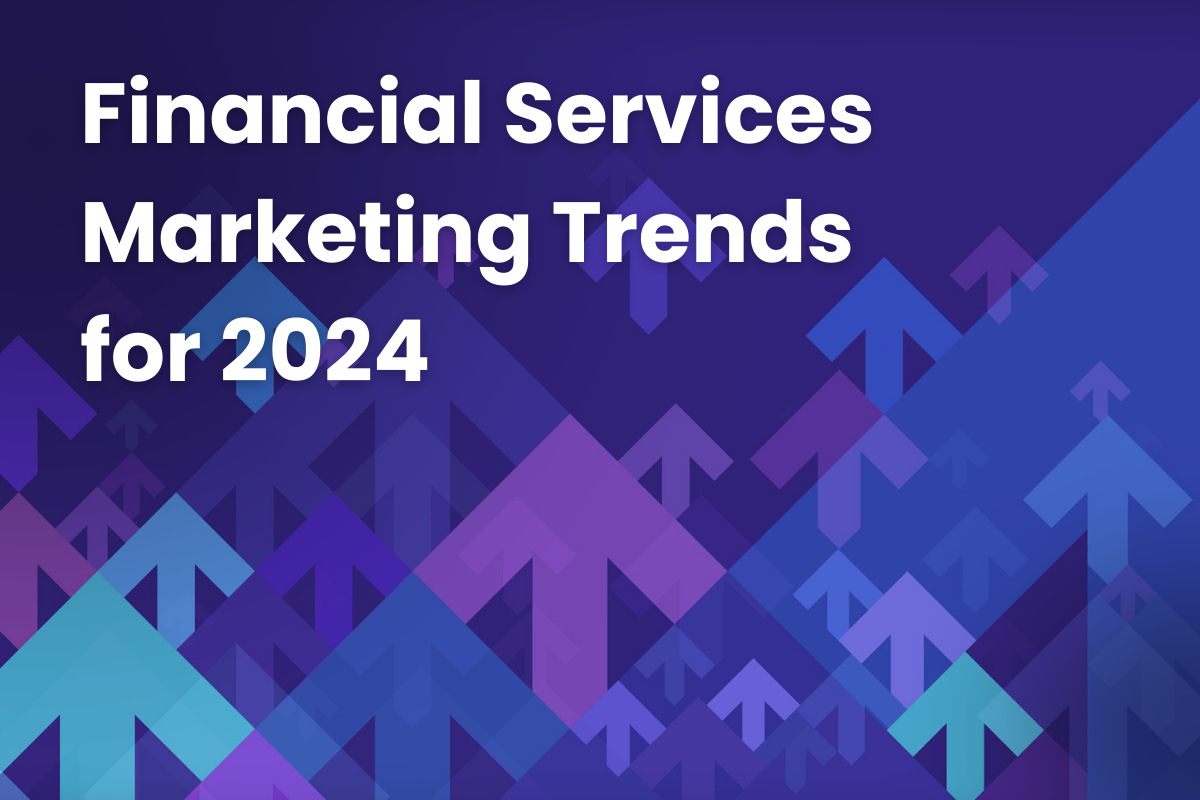
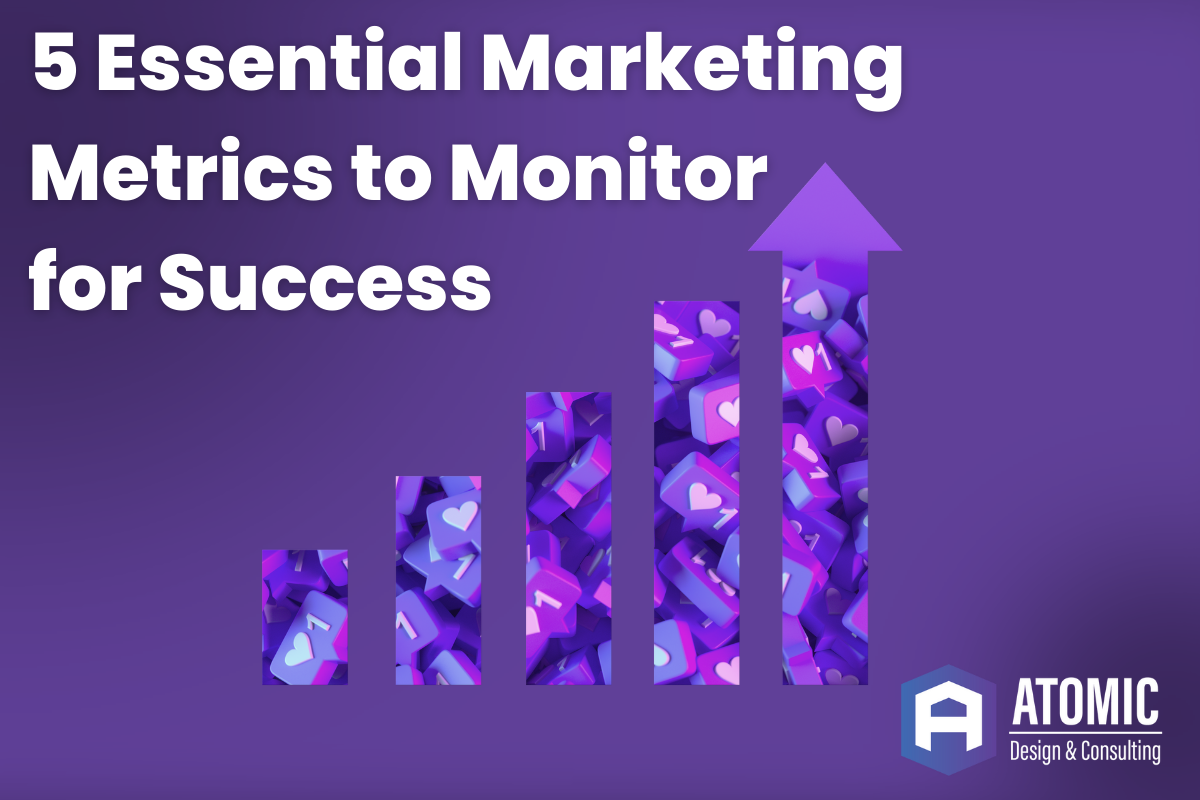

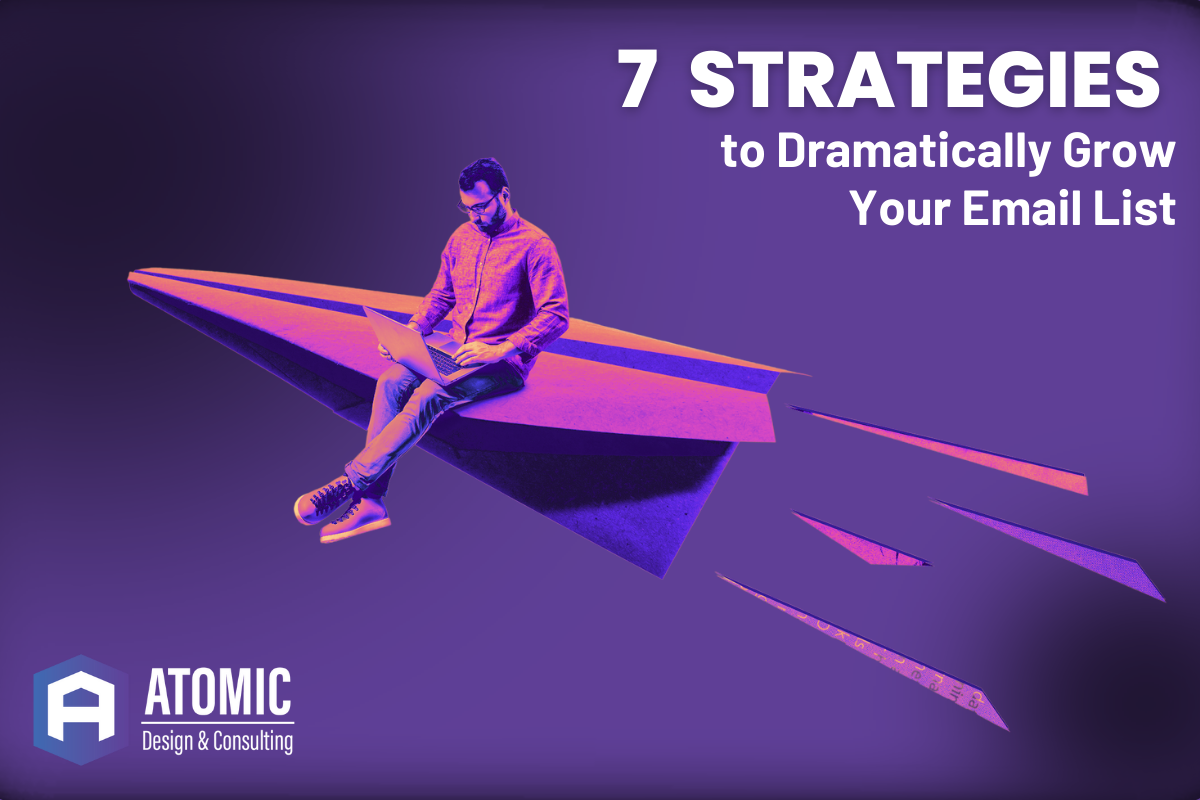
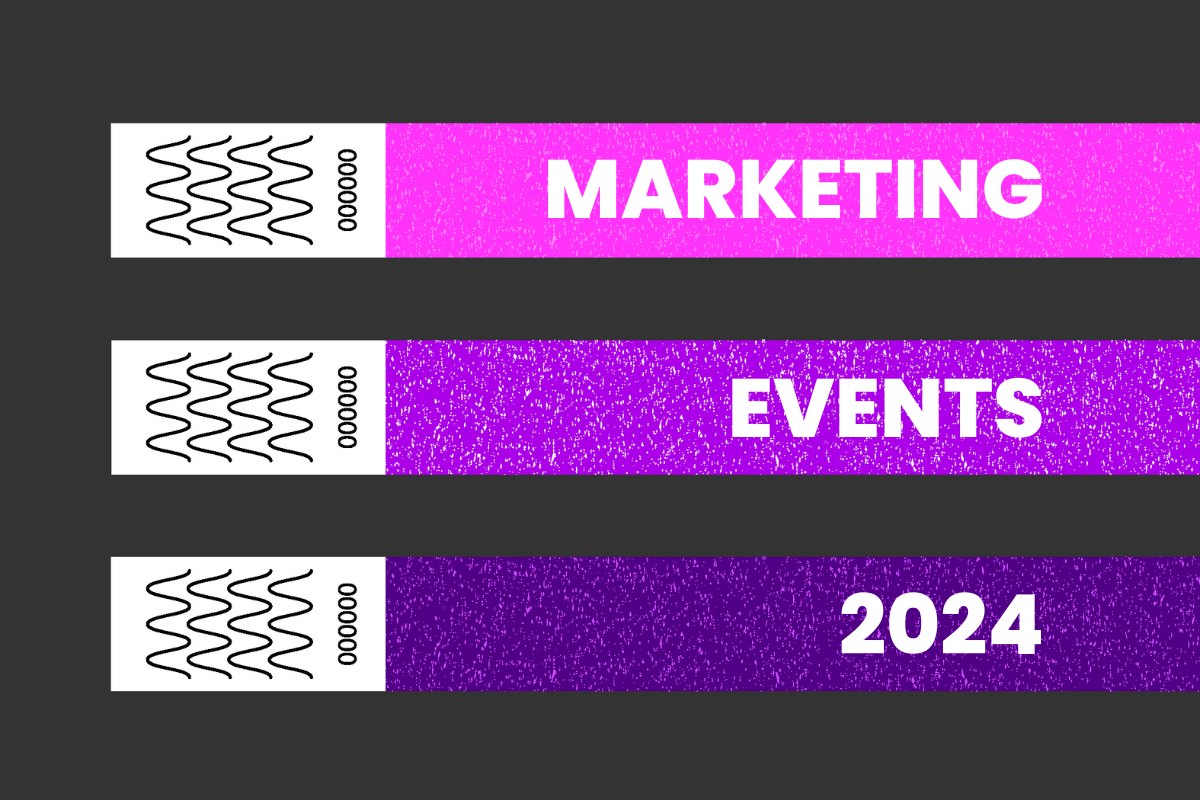


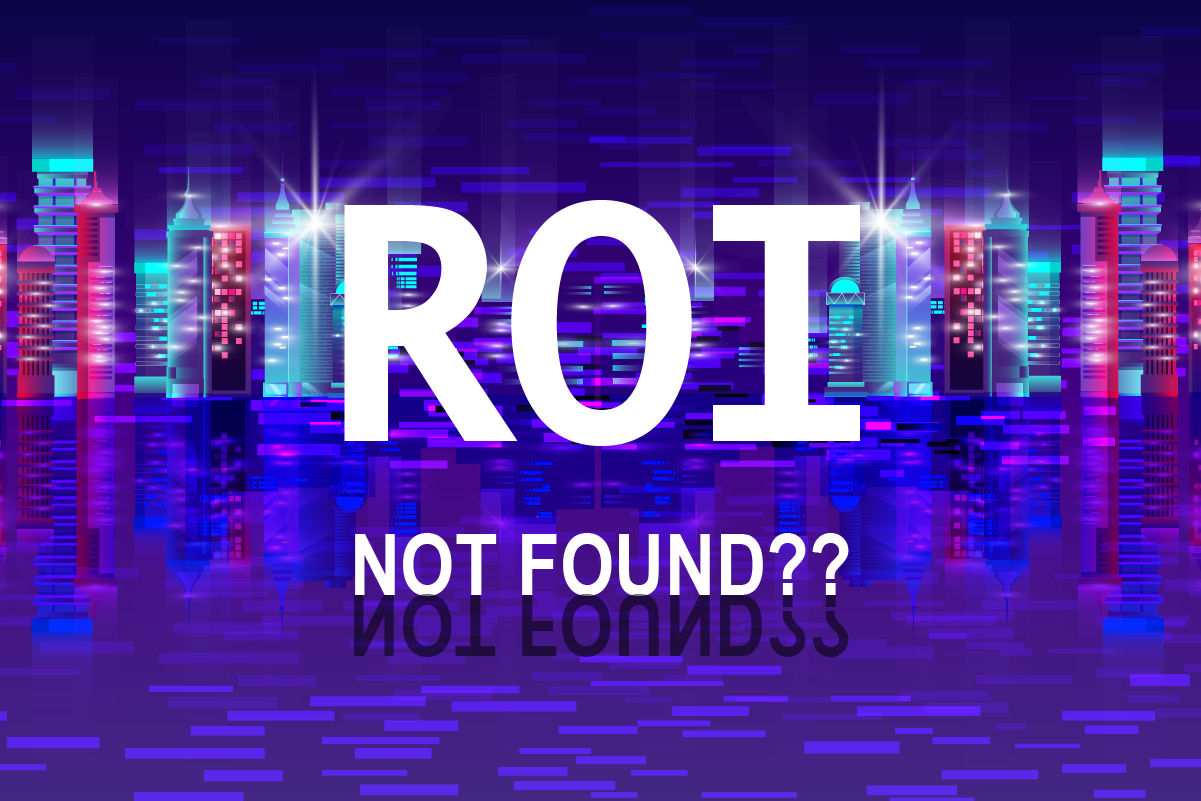















![HubSpot Partner Day 2019 [Recap] 53 ADC partner day 1200x630 1](https://www.atomicdc.com/wp-content/uploads/2019/09/ADC-partner-day-1200x630-1.jpg)
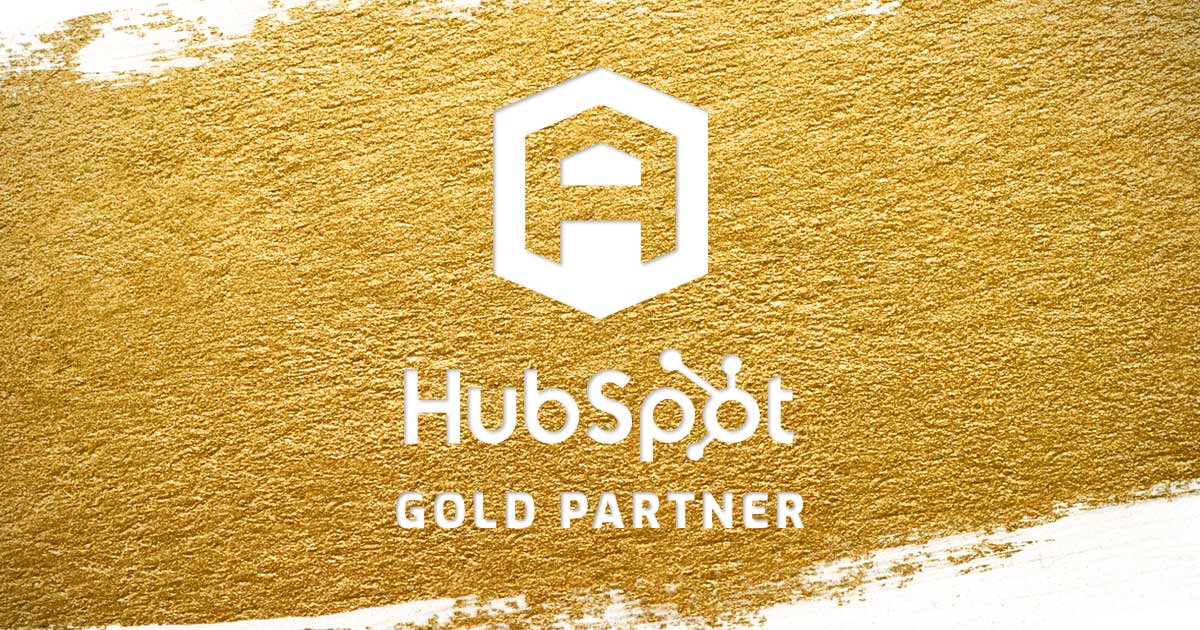


![30 Awesome HubSpot Tools That Won’t Cost You a Dime [Free Inbound Marketing Tools] 57 30 hubspot tools that won't cost you a dime](https://www.atomicdc.com/wp-content/uploads/2019/06/ADC-30-hubspot-tools.jpg)


